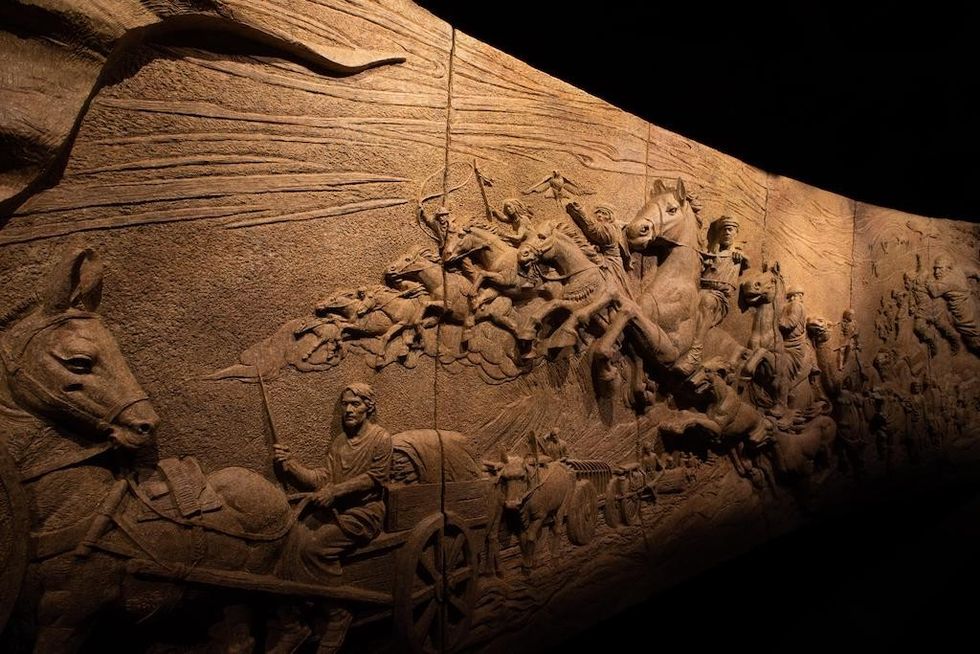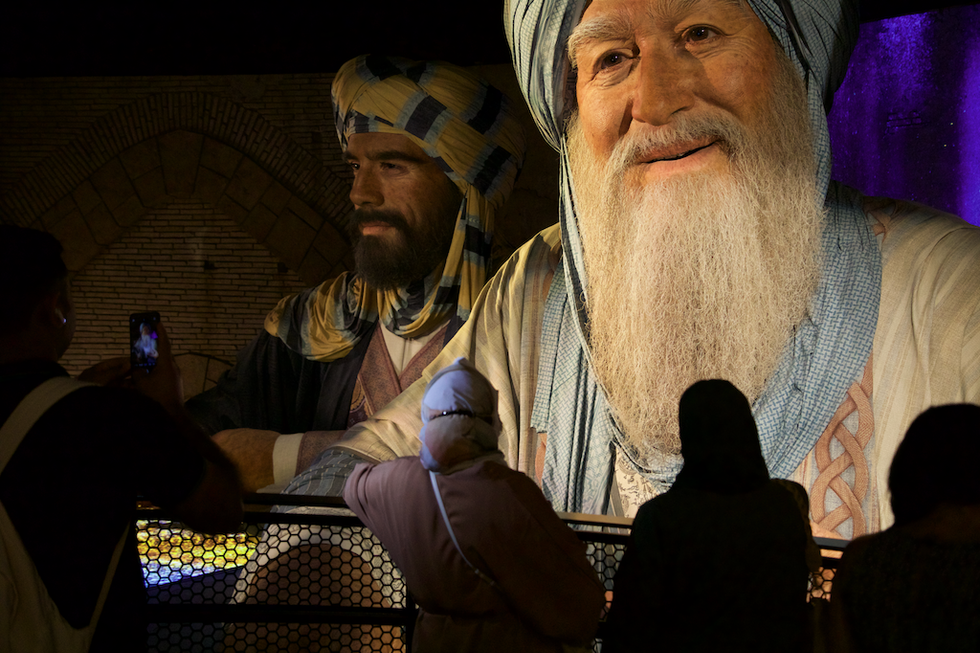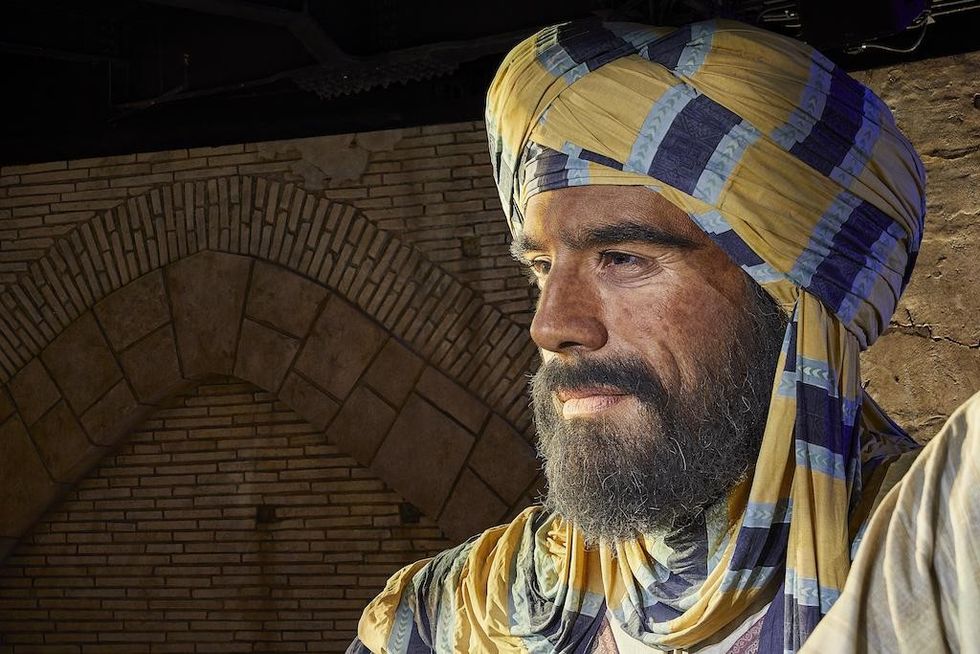As the world faces increasing environmental challenges, the education provided by zoos and aquariums is crucial for inspiring conservation efforts. The International Zoo Educators (IZE) network supports educators with training, resources, and a global community to foster deeper connections between people and wildlife.
Through partnerships, programming, and a focus on social change, IZE is transforming how institutions engage audiences and amplify their conservation missions.
We speak to Judy Mann-Lang, IZE board president and executive at Two Oceans Aquarium Foundation in Cape Town, South Africa; Aileen Tennant, Europe & Middle East regional representative for IZE, member of the EAZA Conservation Education Committee, and park director at Fota Wildlife Park, Cork, Ireland; and Kanako Tomisawa, social media editor for IZE and spokesperson for Omuta City Zoo in Omuta, Japan.
Together, they discuss IZE’s vital work, its ongoing initiatives, and its vision for a future where education drives lasting environmental impact.
Education for social change
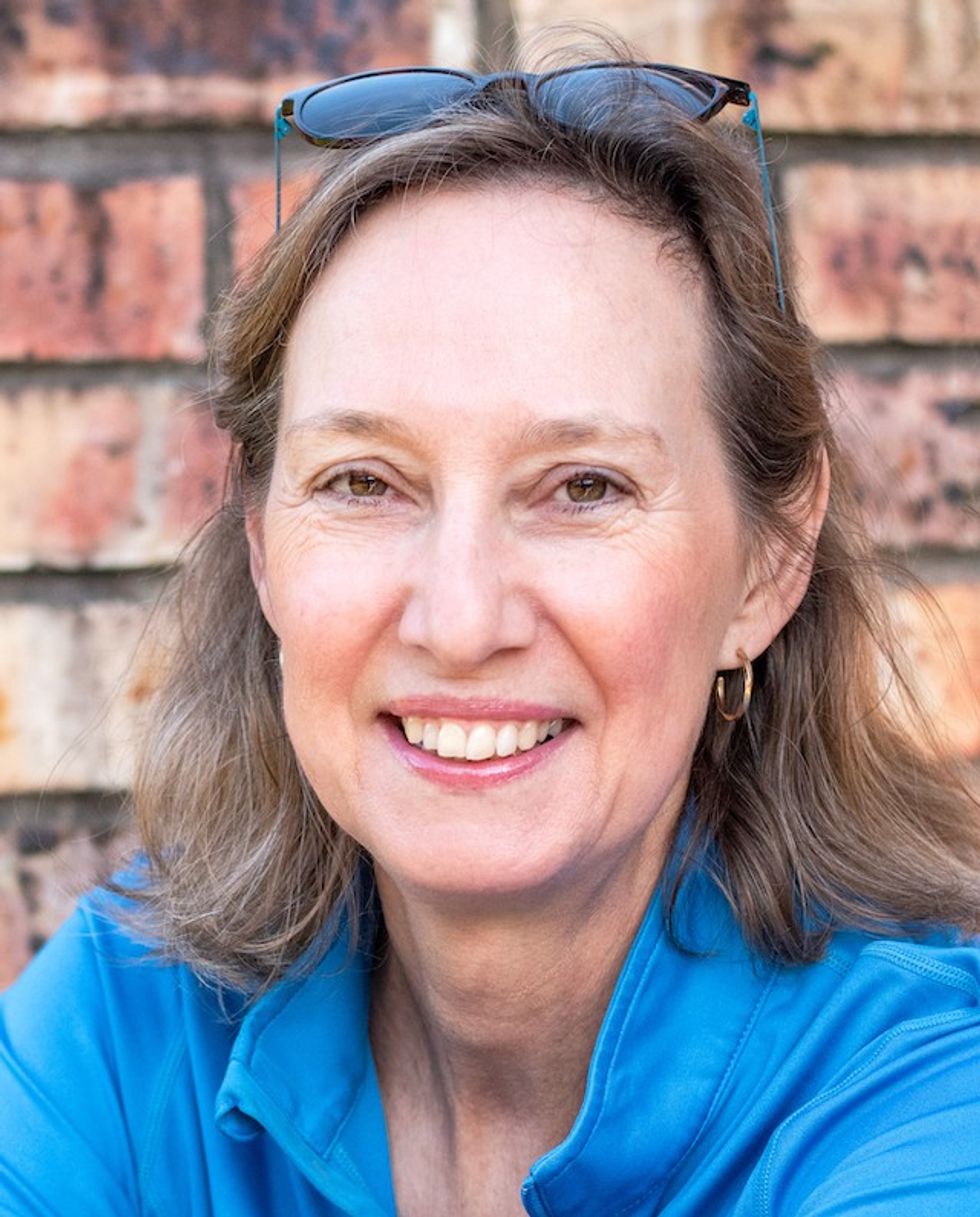
IZE is an association for individuals involved in conservation education, whether at zoos, aquariums, nature reserves, rehabilitation centres, sanctuaries, or similar institutions.
“It’s a place for those passionate about teaching others about nature to come together, share ideas, explore best practices, and inspire each other,” says Mann-Lang. “We're a membership-based organisation, made up of both institutions and individuals who align with our mission.
“We’ve been around since the 1970s. At our core, we support education for social change through nature-based learning. We want to help our members do better, be better, and have a greater impact.”
IZE serves two main roles, says Tennant. “We are a community for educators, and we have a board of directors that guides our work. As a board, our role is to provide strategic direction to zoos, aquariums, and wildlife parks worldwide in their conservation education efforts.
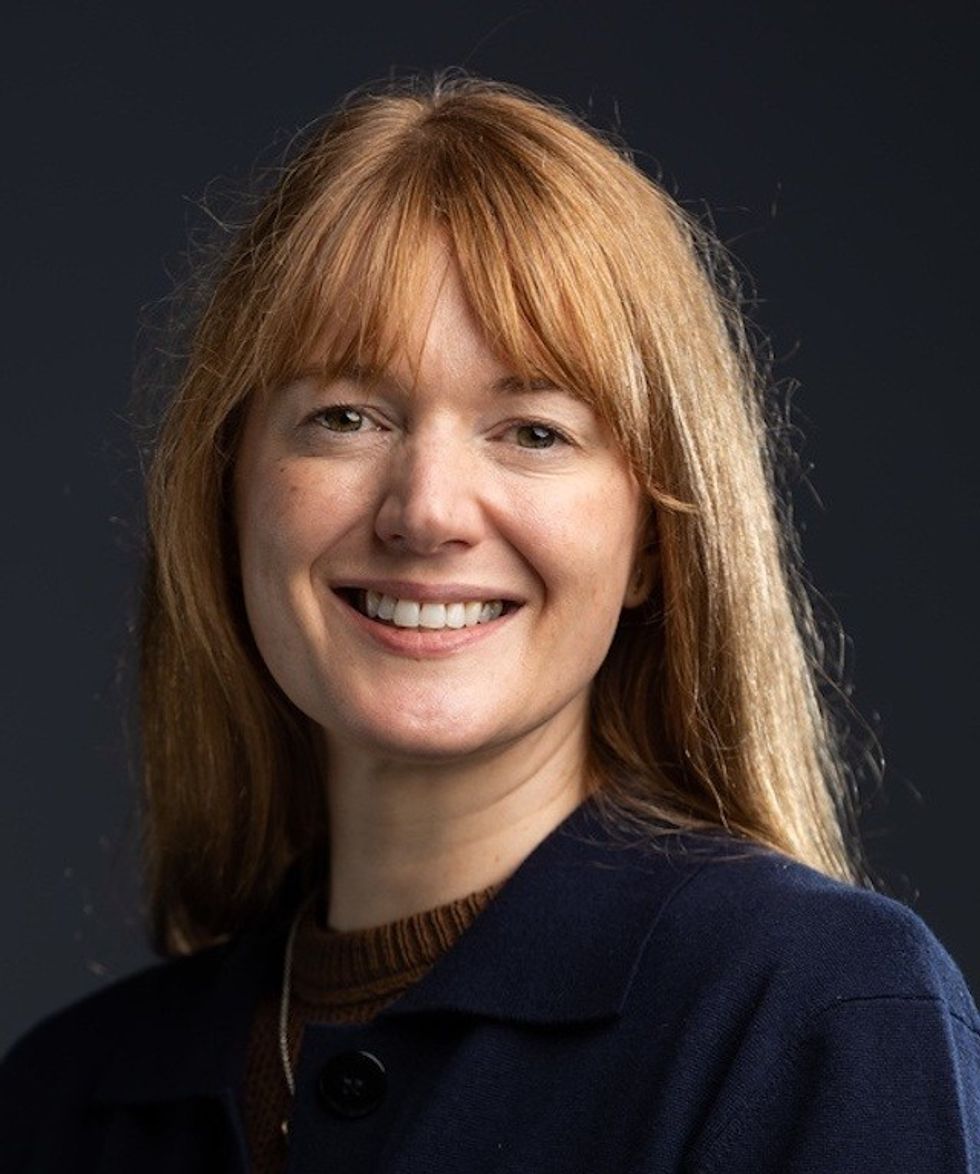
“What we want to do is shift the focus toward social outcomes from the education taking place—moving beyond just show-and-tell or learning about animals to truly embedding social change aimed at protecting wildlife and habitats globally.”
IZE also plays an important role in enabling zoo educators to share their expertise with one another, says Tomisawa.
“The idea is that after participating, educators return to their workplaces with new ideas and approaches to enrich their activities. We also conduct research and publish a journal once a year. This is an important way for educators to share their work with the wider world.
“We see ourselves as a big family, with educators all around the world, and we encourage them to make the world better through education. That’s what we do.”
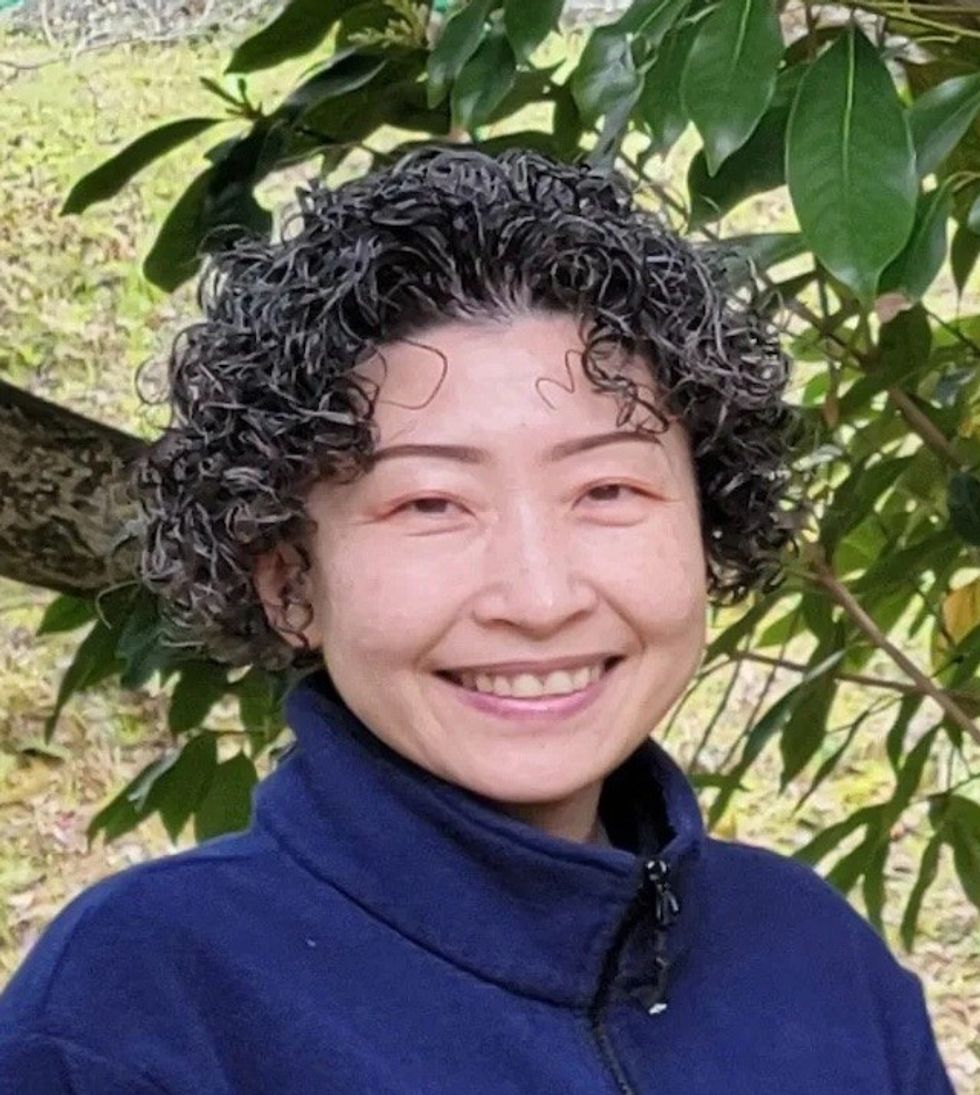
The association has over 800 members globally. This includes members from Australia, India, Southeast Asia, Japan, North America, South America, Canada, Africa, and Europe.
IZE rises to the challenge
A notable challenge in conservation education today is finding ways to measure the impact that educators have on visitors. But understanding the effects of this work is vital, says Mann-Lang:
“Conservation education is often considered essential for conservation programmes—for zoos, aquariums, museums, and more. Although it’s seen as important, when budget cuts happen, or during crises like COVID, education is often the first thing to be cut.”
Therefore, one of the most critical roles that IZE fulfils is acting as an advocate for the crucial importance of educators within these organisations to support real conservation impact.
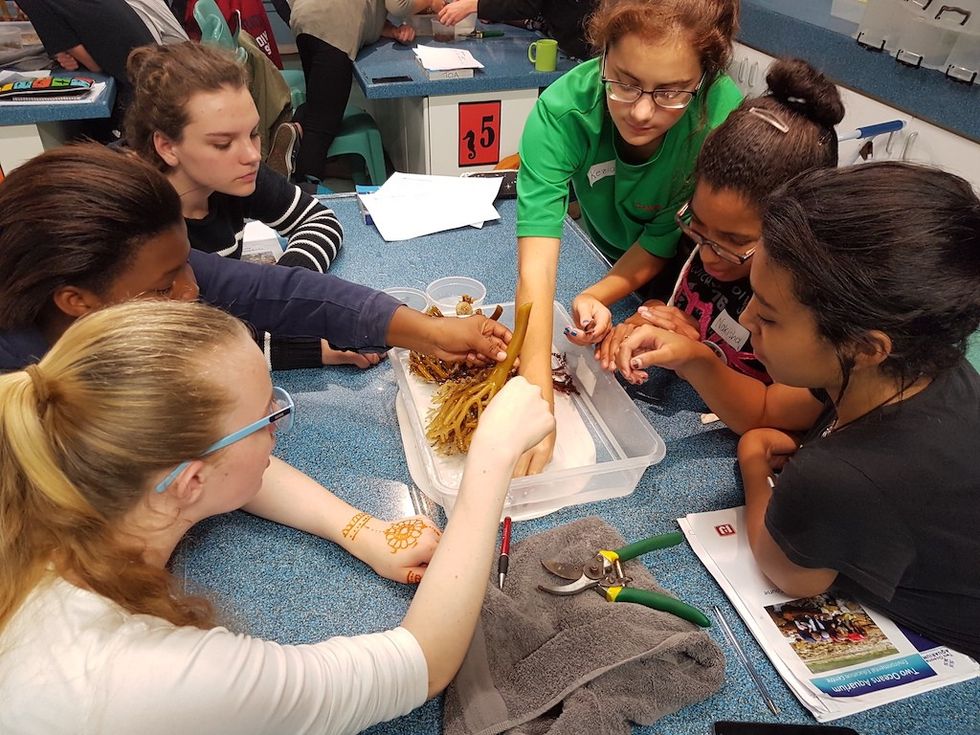
“One of my goals has been to elevate IZE and educators to the highest level possible across multiple organisations. We now have a seat on the WAZA Council. This means educators are represented at the highest level within the zoo and aquarium community.
“We also collaborate with regional zoo and aquarium associations, where education is also represented, and we’re working with several IUCN groups, including the Conservation Education Committee and the Behaviour Change Task Force, to integrate IZE’s work. That way, zoos and aquariums are recognised as key players in conservation and environmental education.
“We need robust evidence of what we’re achieving. We want zoo and aquarium educators, and nature-based educators more broadly, to be recognised as vital to an organisation’s mission. But to do that, we have to prove it.
“We need to know what’s working, what isn’t, and how we can improve. Nature needs us to do this better and faster.”
Connecting with people is a superpower
While on one hand, IZE’s work is about ensuring that funding decision-makers comprehend the full value that educators offer, on the other, it is about recognising that connecting with people is their superpower.
“Nobody else can connect animals with people in the same way that zoos and aquariums can,” says Mann-Lang.
“That connection is vital. While animal welfare, population management, and direct conservation are crucial, the ability to connect animals and people is our unique sweet spot. Zoos and aquariums need to invest more in that.”
Then there’s the challenge of upskilling educators.
Tennant says: “How do we help new educators grow into leaders? And how do we support those who’ve already gone through education and leadership programmes to become mentors for the next generation? We want to nurture leadership within the education teams of our member organisations.”
Regional representation is another area that IZE is working on, ensuring it has members from all over the world.
“Our regional representatives help ensure that voices from different parts of the world are heard at the board level,” says Mann-Lang. “Increasing that representation is something we’ll be focusing on even more going forward.”
“These groups support us in creating our programmes and initiatives,” says Tomisawa.
“As an international organisation, we understand that people come from diverse backgrounds, cultures, and ways of thinking. Because every country and region has a unique perspective, we focus on sharing and building a community where we can better understand one another.
“Sharing is truly caring — it’s essential both within our group and beyond. This spirit of sharing and caring is fundamental to education and communication, and it’s something we deeply value.”
Driving real change
Mann-Lang presents an example of where IZE’s initiatives have had a real impact on the work that educators are doing on the ground.
"We facilitate in-country training, where one or two highly experienced people from one country go to another and share capacity. For example, we had facilitators from Zoos Victoria come to South Africa, and they did some fantastic work with us.” Since then, the 'Connect, Understand, Act' model they shared has been used extensively in South Africa.
“Similarly, we had facilitators from San Diego go to South America. That led to an instrumental change in how education is delivered there.”
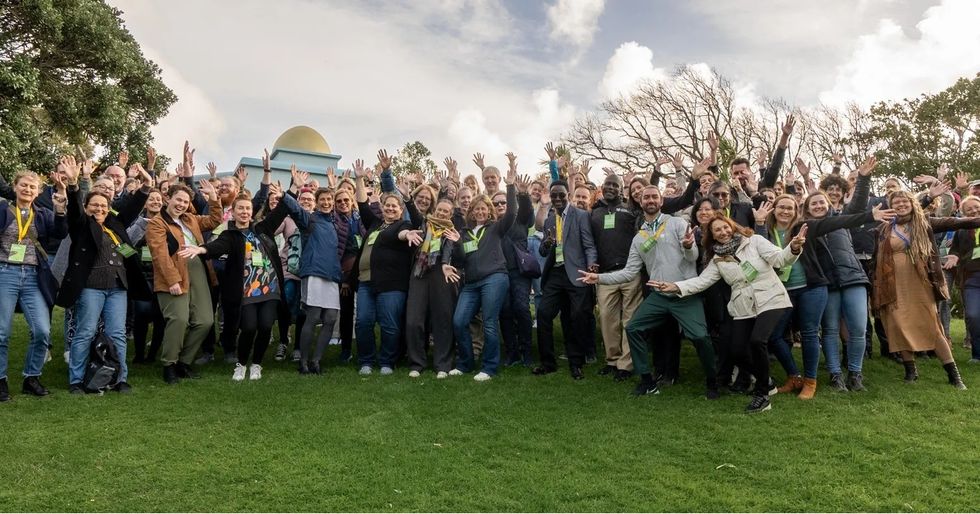
A key, unifying initiative, led by IZE, is the Social Change for Conservation Strategy.
“This is one of our biggest projects because it’s designed for zoos, aquariums, and wildlife parks worldwide to move beyond just teaching facts about animals, and instead to drive real social change for wildlife conservation,” says Tennant.
The IZE WAZA Conservation Education Strategy is also a crucial tool:
“All of our training is about building capacity and helping zoos and aquariums deliver more effective education with greater impact,” says Mann-Lang.
“For instance, at uShaka Sea World, where I previously worked, we ran a campaign called Penguin Promises. Visitors would write a personal promise about a behaviour change they intended to make. We followed up with them six months to a year and a half later, and many had kept their promise.
“Many could tell us what they'd done differently, who they'd spoken to, and what actions they’d taken.”
Measuring impact
Tennant also shares a story from her previous role at Dublin Zoo that shows the impact of zoo educators.
“We underwent a significant strategic shift coming out of COVID. During that time, we developed a new strategy for the site that placed conservation education as a cornerstone to transforming into a zoo-based conservation organisation. Following this, we created a Conservation Education Master Plan to guide us through to making a real conservation effect by Dublin Zoo’s 200th birthday in 2031.”
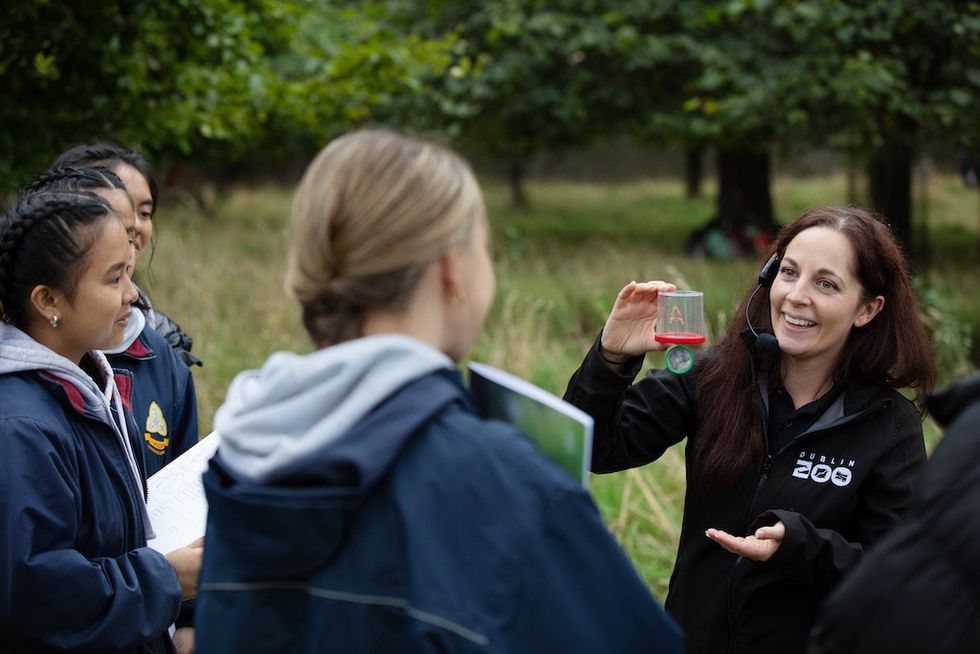
This helped the zoo move from simply focusing on learner numbers to truly measuring its impact. “It was about embedding conservation education throughout the organisation’s culture, not just as a programme, but as a fundamental part of everything we do. Part of the strategic shift was to introduce behaviour change campaigns and explore new ways to engage diverse audiences, with an emphasis on community involvement.”
Zoos Victoria also has many examples of successful campaigns, some of which have even helped influence government policy. And then there are the sustainable seafood campaigns run by zoos and aquariums globally. “Monterey Bay, in particular, has excellent examples of seafood behaviour change,” says Mann-Lang.
“While these examples are scattered around the world, what I’m keen to do now is initiate a larger study that looks at our collective impact."
The IZE conference
The next conference will be held in South Africa in 2026. “Since we don’t have the conference every year, it’s not always easy to meet our members in person, so this will be a great opportunity for educators from around the world to come together,” says Tomisawa. “I hope many people will join us.”
Regarding member engagement, one of IZE’s flagship programmes was the Sponsored Delegate Programme, where the association provided funding for delegates, especially from developing nations, to attend the biennial IZE Conference held in different parts of the world.
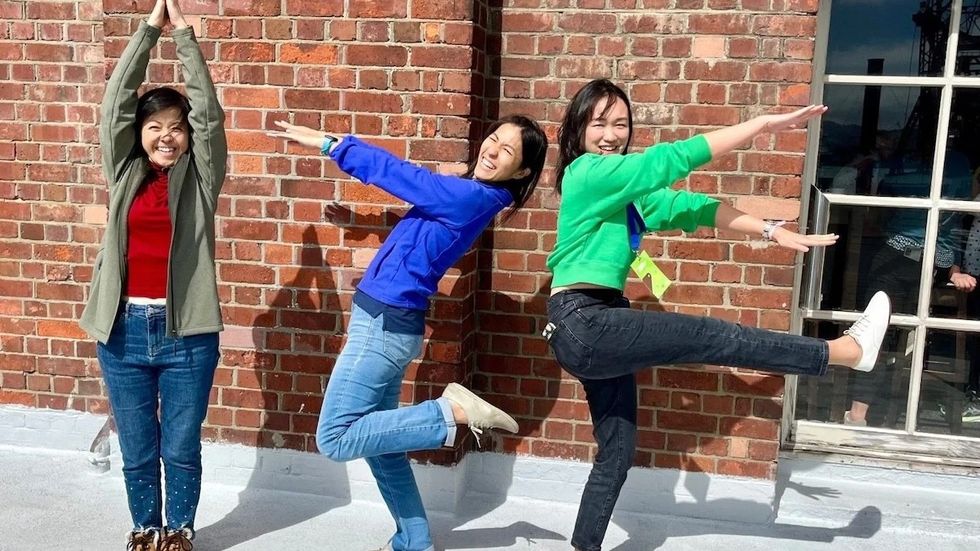
“This conference offers an amazing opportunity for networking and to experience the best conservation education practices globally,” says Tennant. “The goal was to build capacity so these delegates could upskill and bring that knowledge back to their own countries and regions.”
IZE is now evolving this into a Conservation Education Leadership Programme. “We listened to our members and recognised their need for more capacity development and mentoring within conservation education. We’re currently developing this programme, aiming to launch later this year.”
The focus is on supporting mid-career conservation educators to step into leadership roles, enabling them to have a strong voice at senior management tables within the zoo and aquarium community.
Connecting members
During the COVID-19 pandemic, the IZE conference was held entirely online—an approach that increased accessibility and reach. “We are now exploring hybrid formats to combine the benefits of in-person and digital participation,” says Tennant.
“Our conference happens only every two years in person, and since not everyone can attend, we do a lot to keep different regions connected. For example, we host informal sessions focused on a particular theme, where people give short presentations and engage in discussions.”
Most communication happens digitally, primarily through emails and newsletters. “We also recently launched a brand-new IZE website, which is much more interactive, user-friendly, and resource-rich. So, technology plays a vital role in keeping our community connected and informed.”
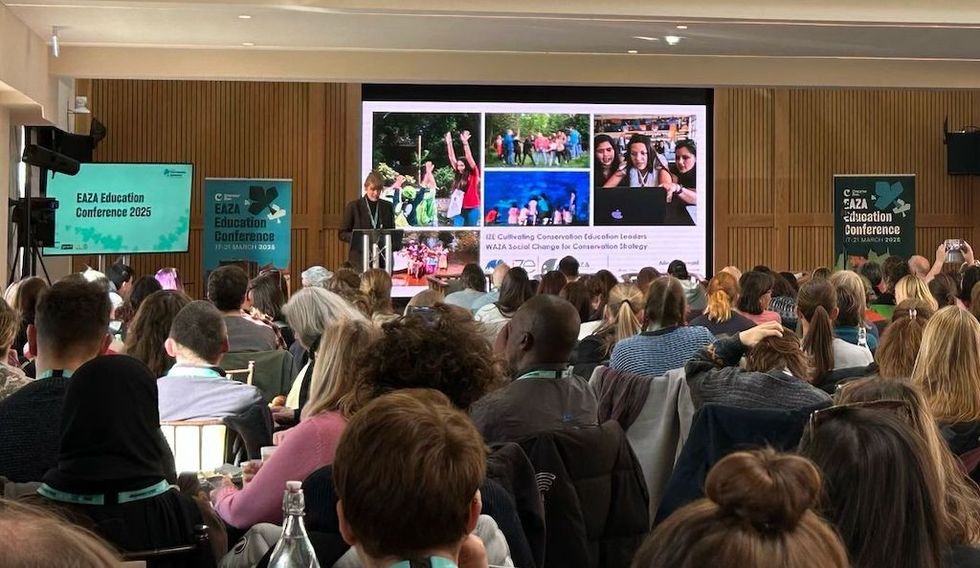
“Additionally, every year we celebrate IZE Day on the second Thursday of November,” says Tomisawa. “On that day, we host separate coffee chats on Zoom to accommodate people from different time zones, covering both the eastern and western parts of the world. We also run an IZE challenge where member institutions share videos and photos, which are then shared among the community.
“We use IZE Day to introduce educators from various regions, allowing members to learn about what others think, do, and hope to achieve in the future. This helps provide fresh input and keeps motivation levels high among educators.
“These two events—the conference and IZE Day—are among our main focus right now.”
The value of IZE
Mann-Lang has worked in education since 1992, with various forays into different management and leadership roles. She joined IZE right at the start of her career.
“Since then, IZE has been an opening into a much wider community. It's exposed me to incredible work going on around the world. It has introduced me to wonderful people who have become lifelong friends, and it has helped shape my practice, making what I do better, more relevant, and giving me a much wider perspective.
“Education can be a lonely space in an organisation. IZE introduced me to a whole community of people who shared my passion, and that was inspiring and motivating."
Tennant, in her previous role as head of discovery and learning, joined IZE to connect with best practices worldwide and to access valuable resources and databases on the website.
“I decided to put my name forward for the board because I firmly believe in the vital role zoos, aquariums, and wildlife parks play in saving wildlife. Through education about climate change, biodiversity loss, and human consumption patterns, these institutions can influence both negative and positive impacts on wildlife in wild places.
“I’m incredibly passionate about this work, and being part of a community of like-minded people is very empowering. It means we can unite to bring about real change. I believe IZE is the right community to ensure we are working effectively to save wildlife through education.”
Tomisawa adds: “After becoming a board member of IZE, I truly understood that conservation education is my speciality. IZE has taught me so much. As I mentioned, IZE is like a family, but being a board member feels like being part of an international family. That’s the best thing I’ve gained from my IZE experience.”
Advice for new educators
The trio share their advice for new zoo and aquarium educators who are looking to make an impact through their work:
"The first thing I would say is: keep your passion,” says Mann-Lang. “It’s hard, with everything going on globally, to hold onto that, so do whatever you need to do to keep your passion alive. Whether it’s going into nature, doing face-to-face education, keep yourself motivated.”
Joining networks of like-minded people can help individuals stay inspired, she adds: “That’s the role IZE serves.”
She also says: “Make sure you have a ‘why’ for everything you do, because as educators, it’s easy to say, ‘Here’s a lovely idea, let’s do this!’ But then ask yourself: why?
“Keep talking about what you do within your organisation. Don’t ever feel that what you do is less than what anyone else does. That’s where our mentorship and leadership programmes come in, so keep growing yourself professionally.
“And if you get the chance, start measuring the impact of what you’re doing, or find people who can help you measure it, so you can see how to make it even better."
Small changes, big impact
Tomisawa explains that the impact of conservation education is often challenging to see immediately because behaviour change in visitors doesn’t happen right away—it may take a lifetime to manifest. Educators may feel uncertain about the effectiveness of their work, as the results aren’t always visible or measurable, unlike in other fields.
“However, even small, everyday impacts, like inspiring a child or sparking a tiny change, are valuable and meaningful. These small influences can accumulate over time and eventually lead to larger changes.”
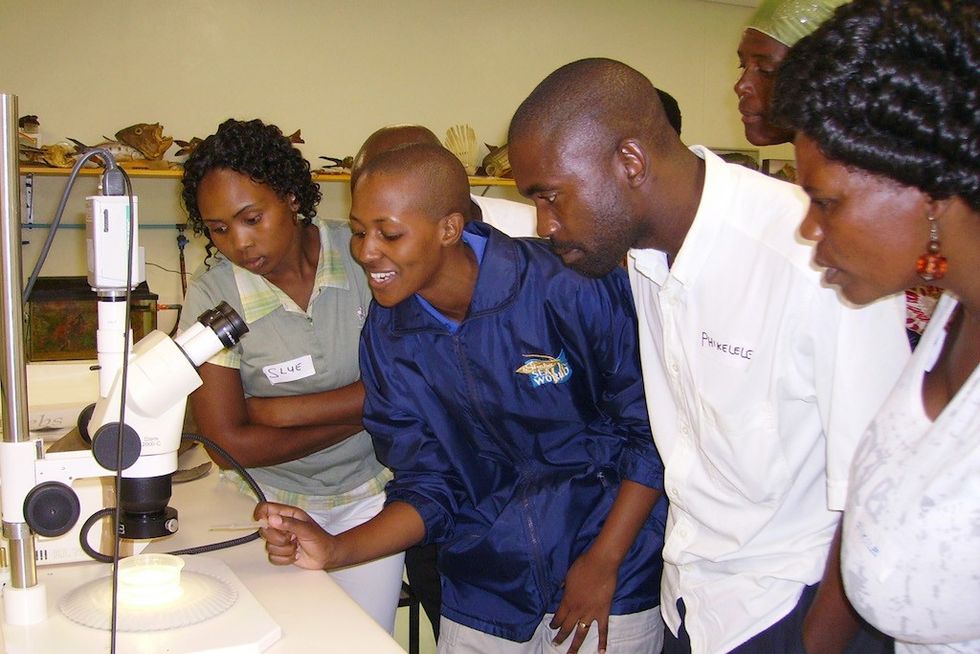
She emphasises that educators play a vital role in creating these small but important shifts and that their mental well-being and passion are crucial for inspiring others. Ultimately, she encourages recognising the power of small impacts rather than expecting instant, dramatic results.
Tennant adds: “You may not be the head of a department, a team lead, or in a senior role, you might feel far down the organisation, but you are still a leader. You are a conservation leader. If you’re in front of people, part of a team, or have a manager, you have the influence to lead change.
“Remember the influence you have on those around you and use that influence in a positive way. Even if you’re not aiming to move up in your career, you can lead within your sphere. Every person you engage with is someone you can influence.
“It’s an empowering and powerful role to be a conservation educator.”
The future of IZE
Looking ahead at how she sees the role of IZE evolving in the face of the global environmental challenges ahead, and the increasing importance of climate education, Mann-Lang says:
"We have an incredible future. I'm very excited about the future of IZE, because people are realising more and more that unless we understand people and connect with people, we're not going to solve the challenges facing the environment.
“We’ve focused largely on the biology, the science, the technology, we’ve invested heavily in that side of saving the planet, broadly speaking. But we haven’t spent nearly as much time looking at the people side. And that’s been my rallying call throughout my career: the importance of understanding people and connecting with them if we’re going to motivate these changes.”
In addition to the leadership and mentorship programme, other new initiatives include a digital version of the IZE journal, set for release this year. The association is also working with WAZA on a special publication that will focus on behaviour change initiatives in zoos and aquariums.
Mann-Lang believes the potential for growth at IZE is enormous:
“By linking to the IUCN, being better integrated into WAZA, and better integrated into bigger nature-based education initiatives, while keeping our unique focus and our unique strength, that’s vital.
“Then it comes down to serving our members. We must continually ask: What are the best ways to serve our members? How do we serve them more effectively, so that they can more effectively do what they need to do? I see IZE as a catalyst for better practice. And that better practice is about supporting people to support nature."
The 27th IZE Conference will be hosted by Two Oceans Aquarium in Cape Town, South Africa, from 12 – 17 October 2026.
Charlotte Coates is blooloop's editor. She is from Brighton, UK and previously worked as a librarian. She has a strong interest in arts, culture and information and graduated from the University of Sussex with a degree in English Literature. Charlotte can usually be found either with her head in a book or planning her next travel adventure.
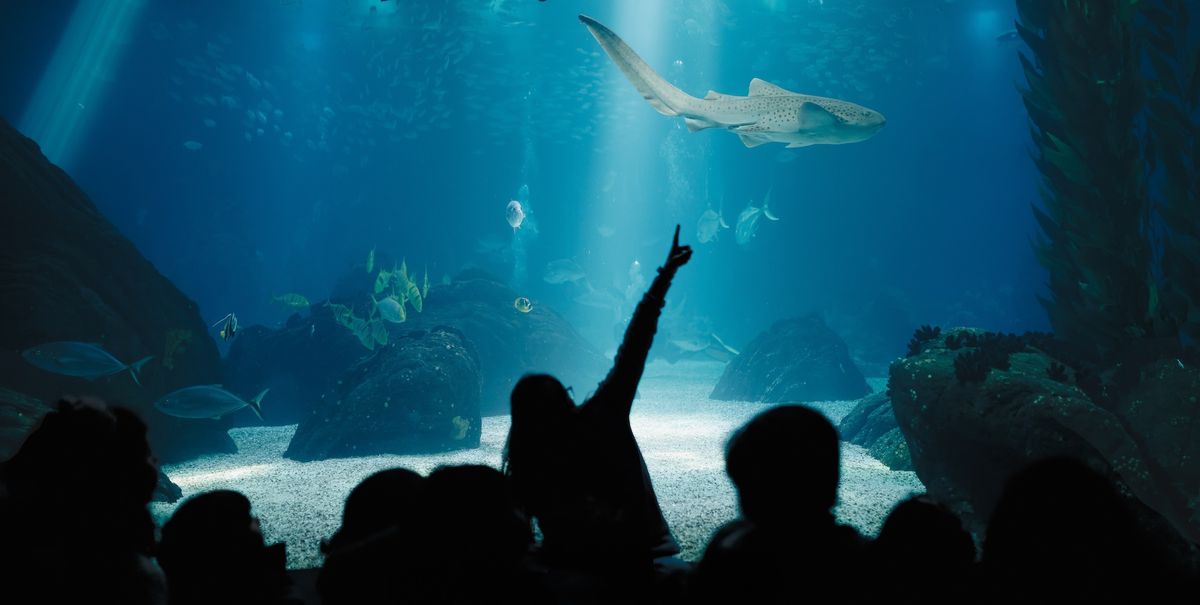

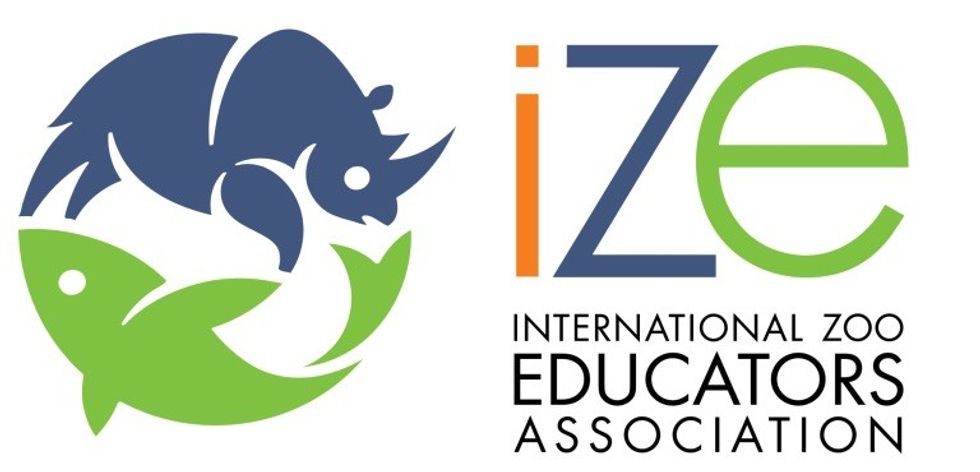
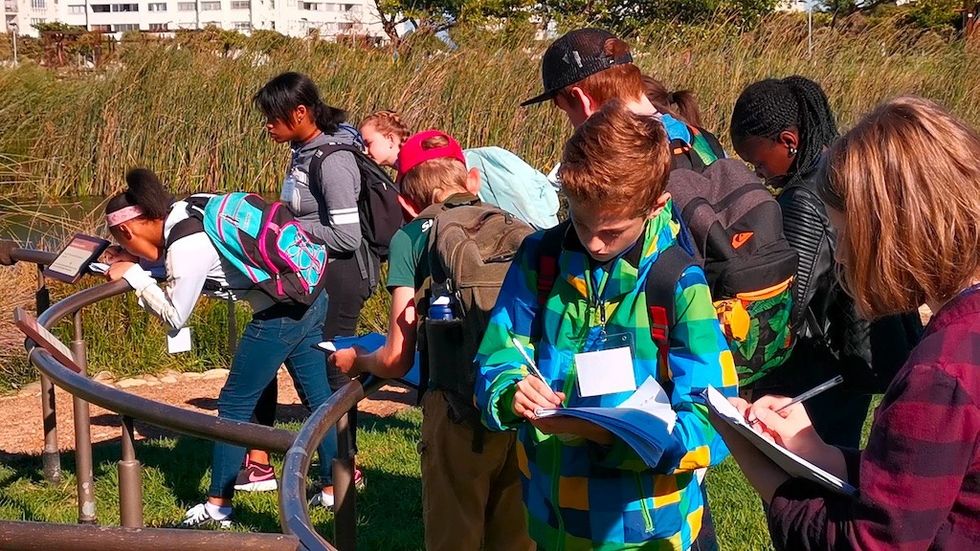
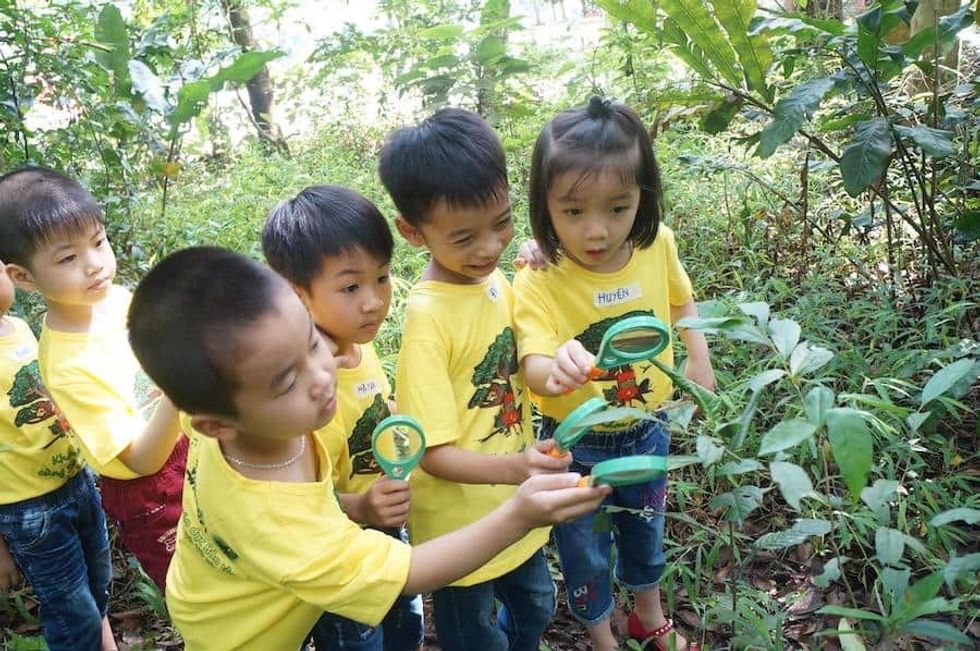
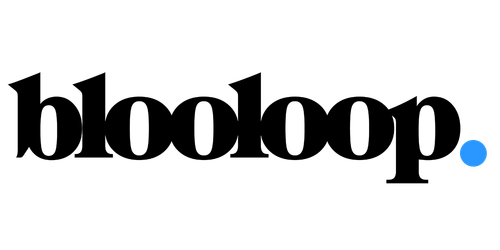
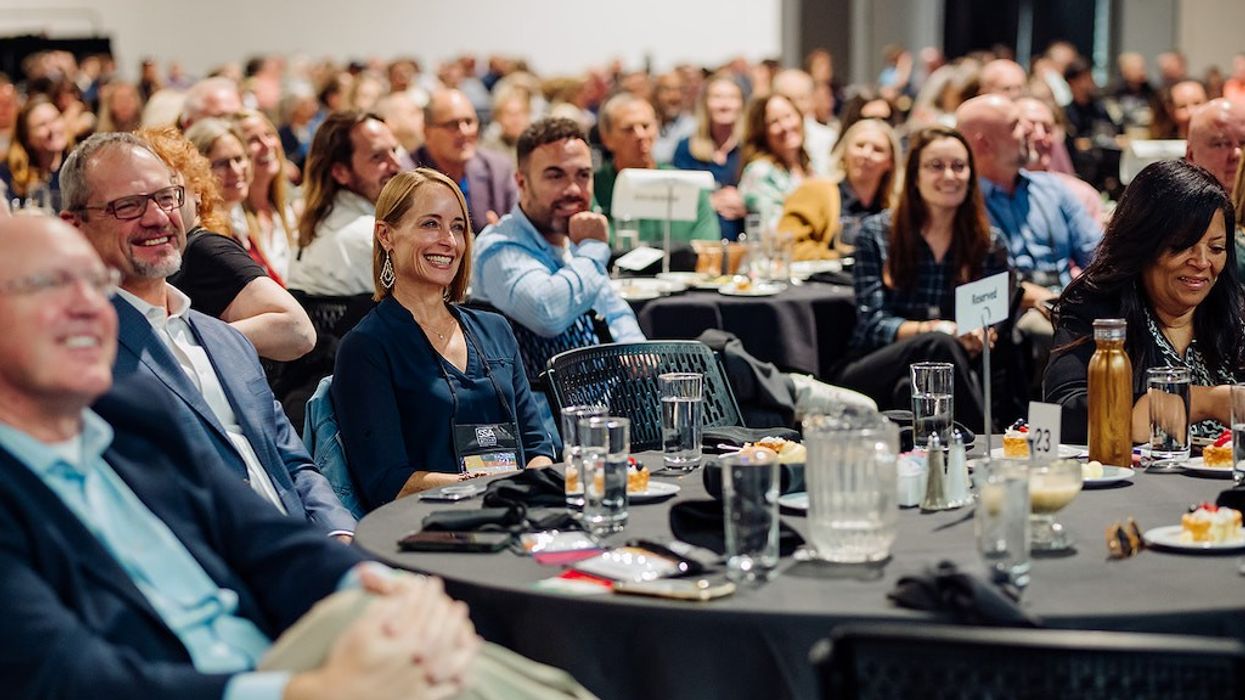
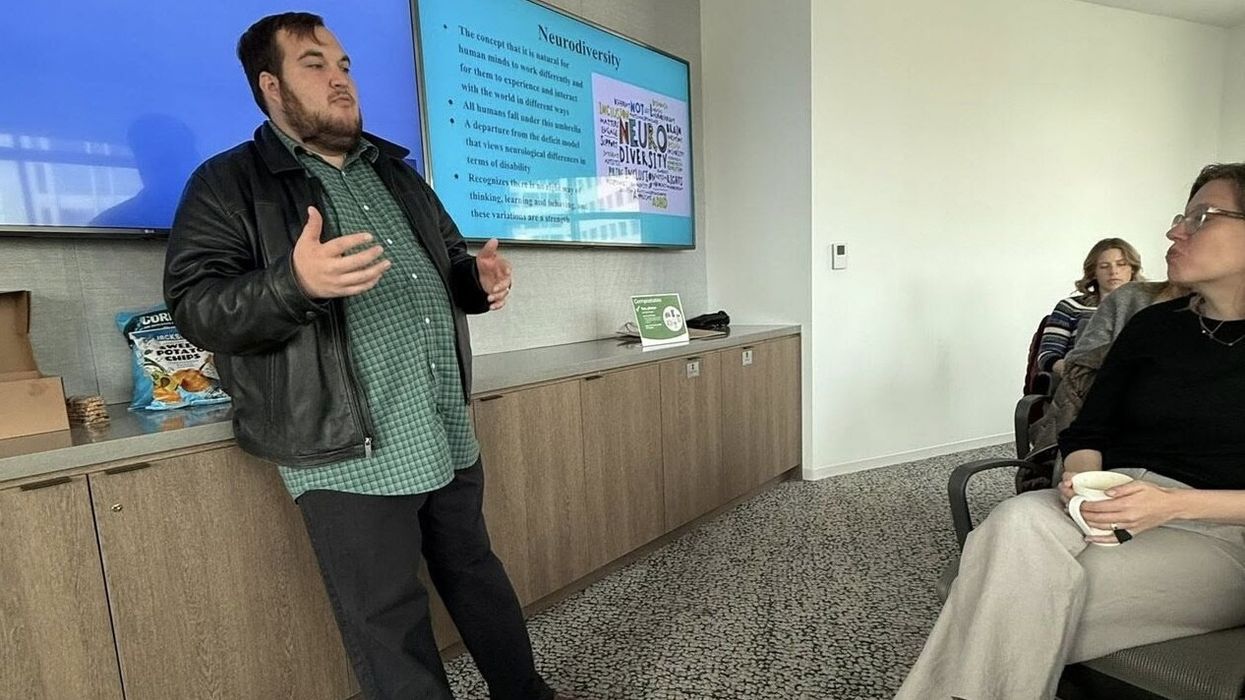
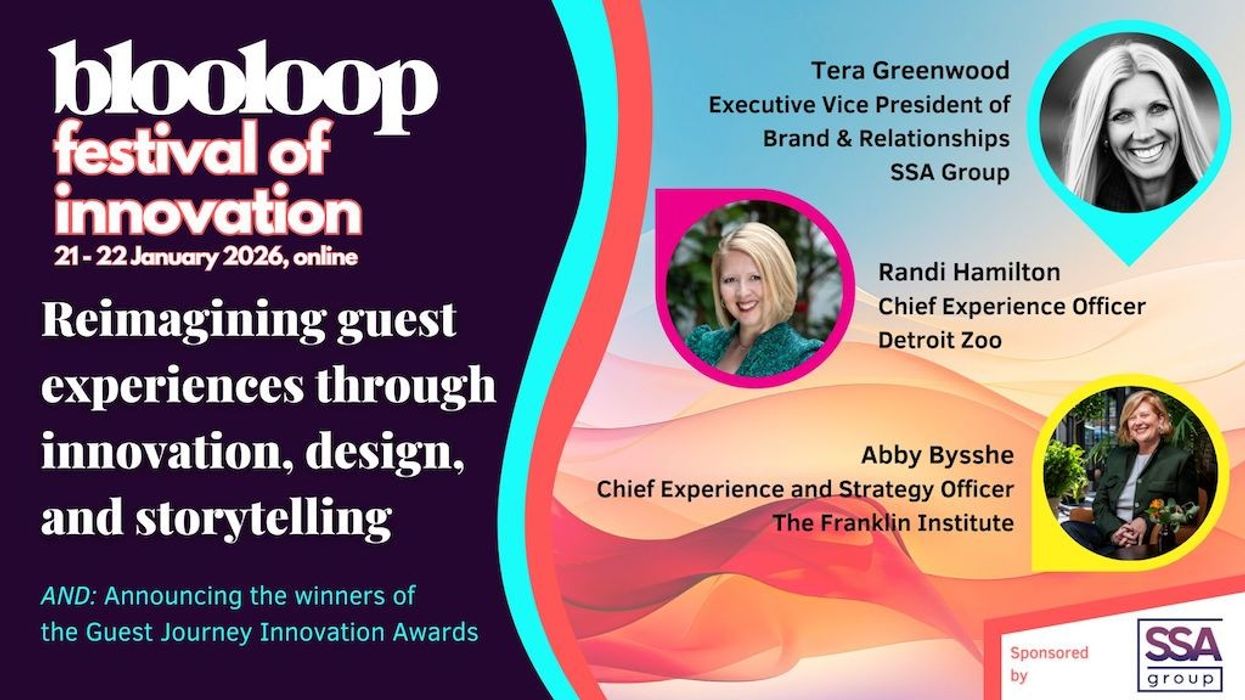
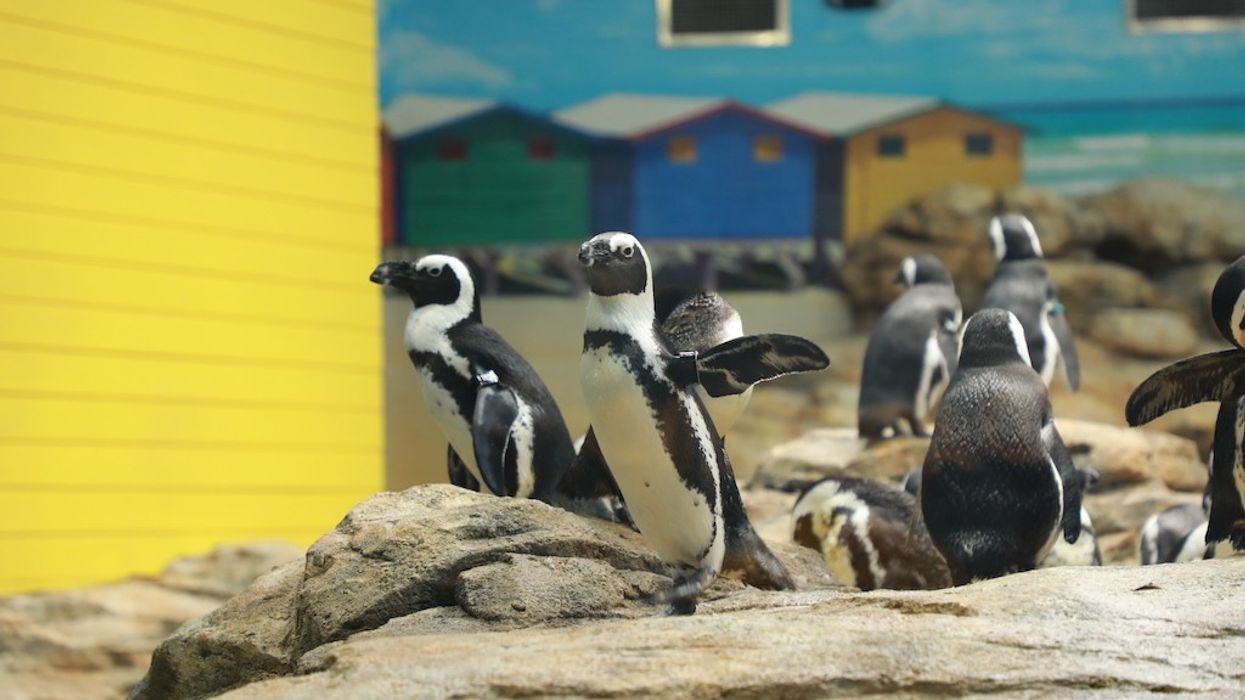
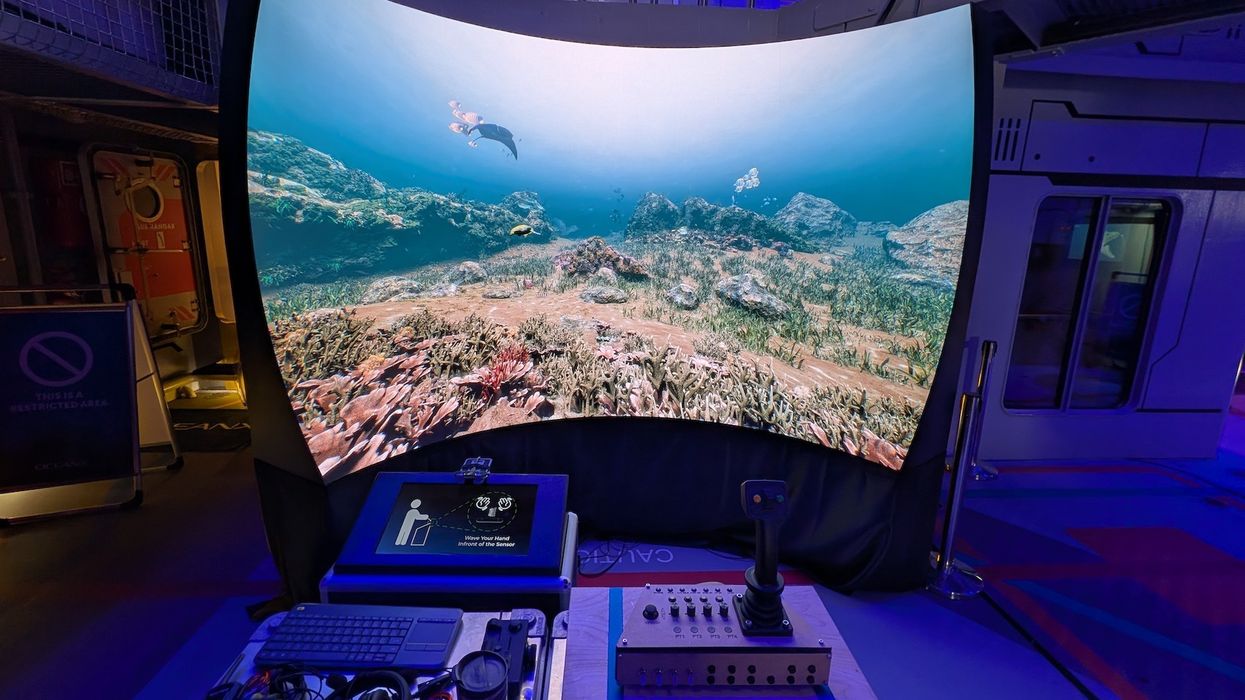
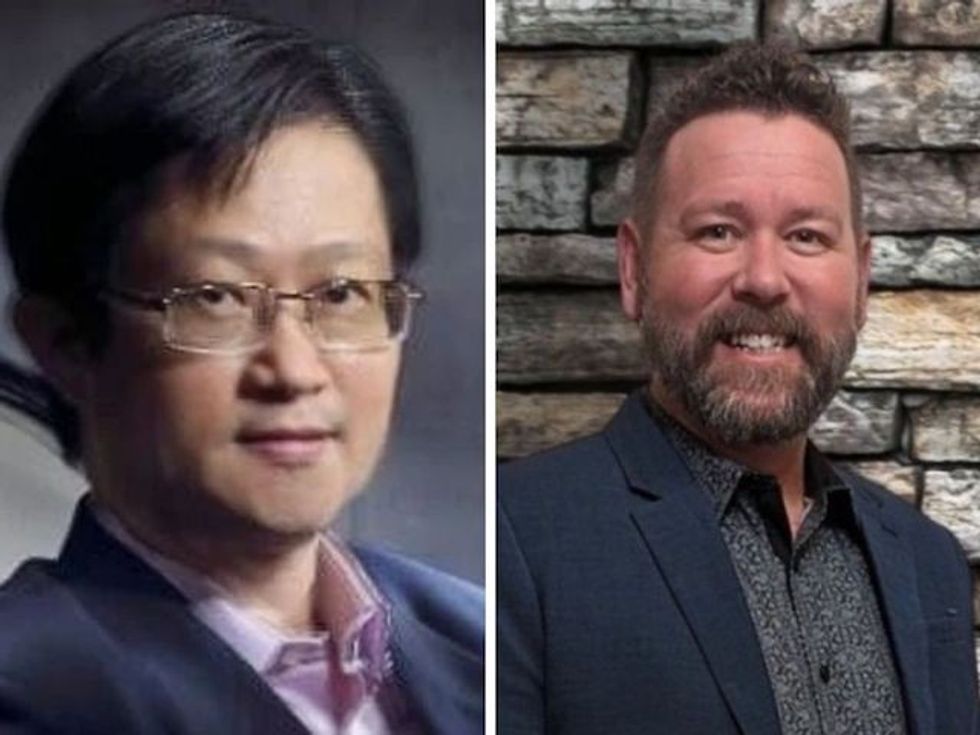 TM Lim and Adam Wales
TM Lim and Adam Wales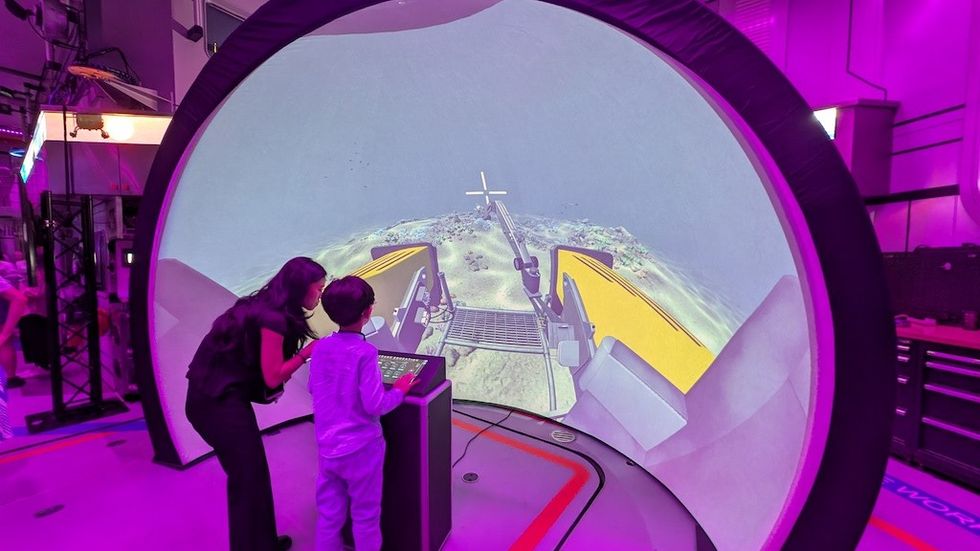
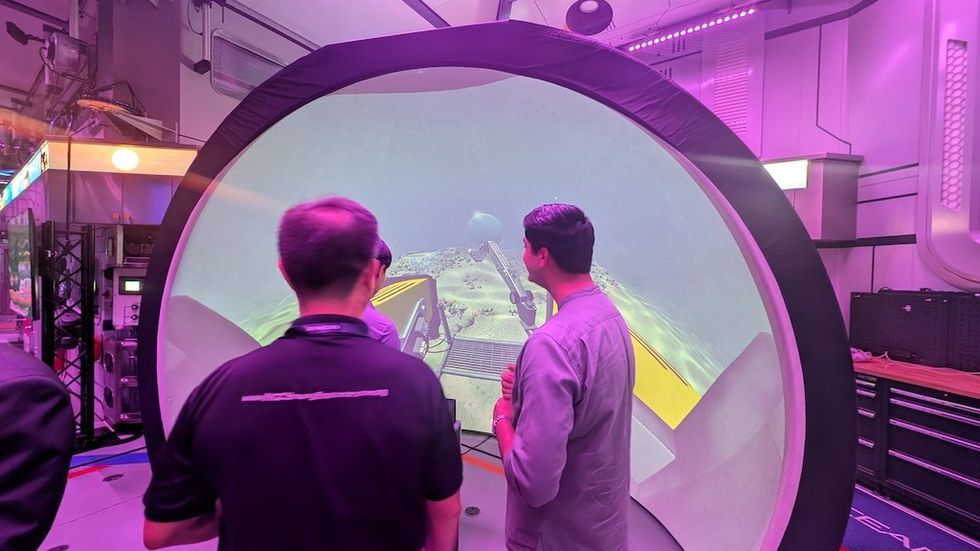
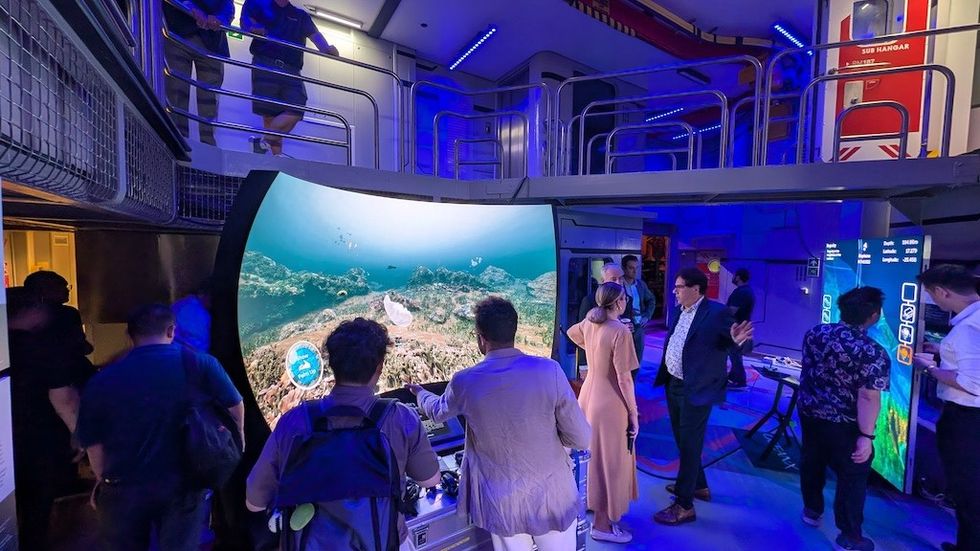
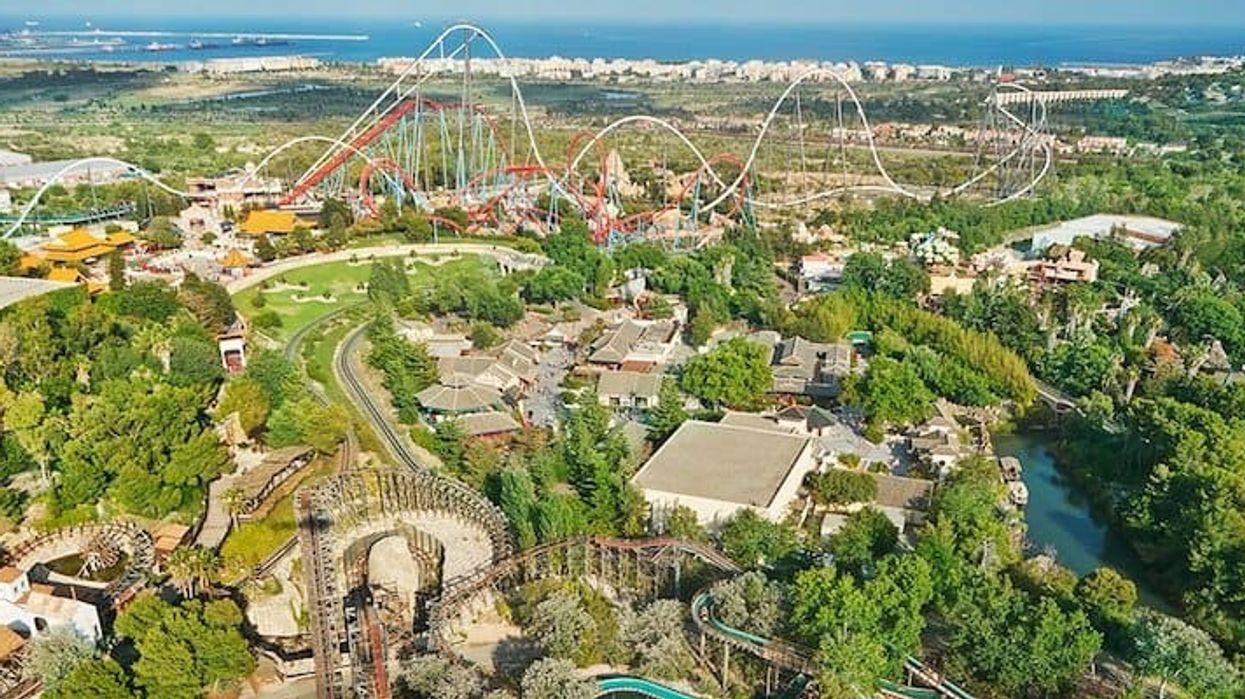
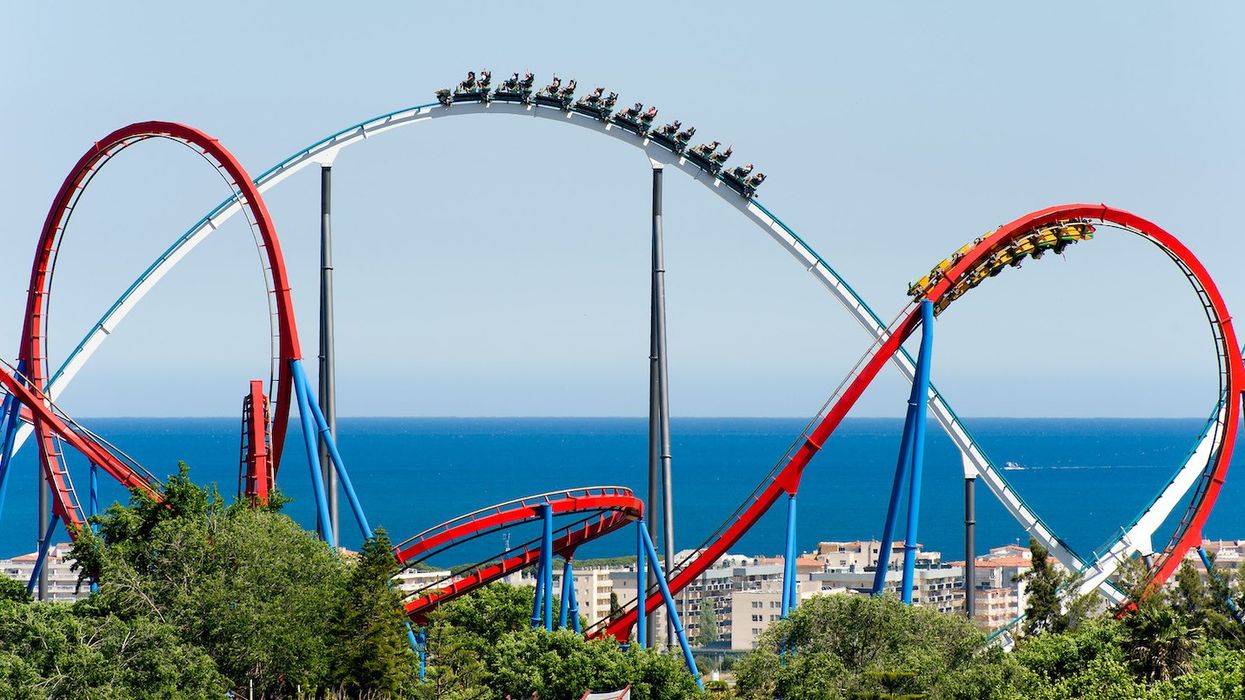
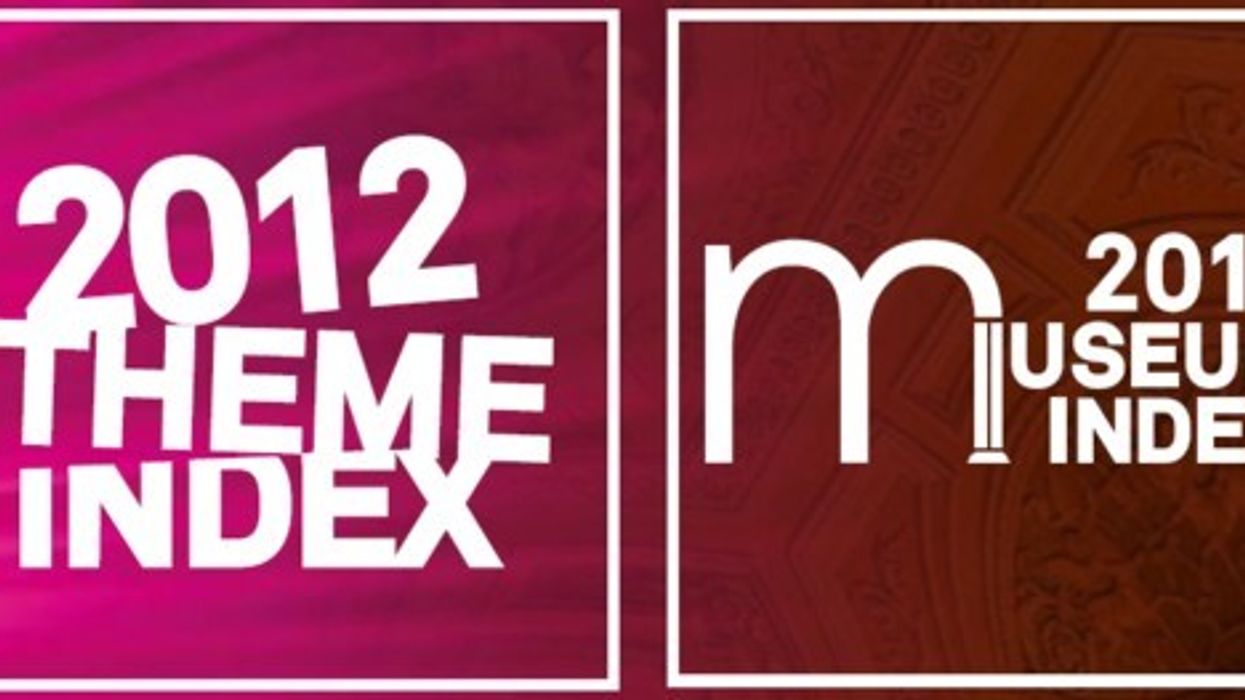
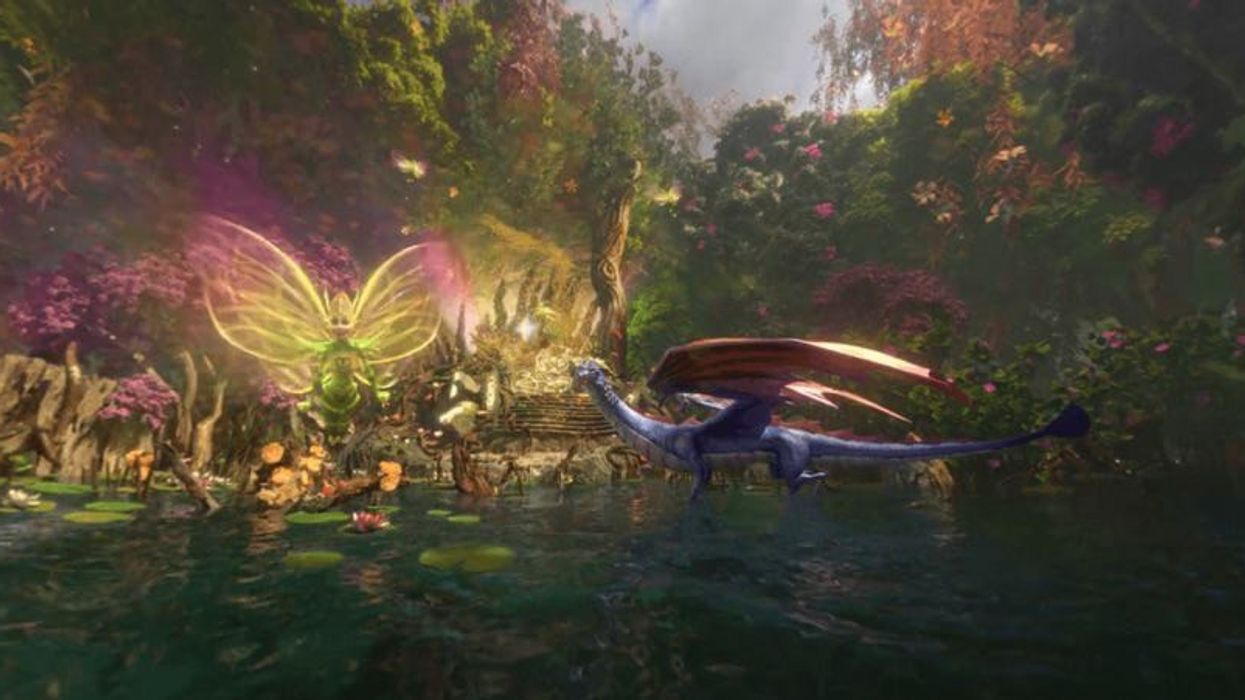


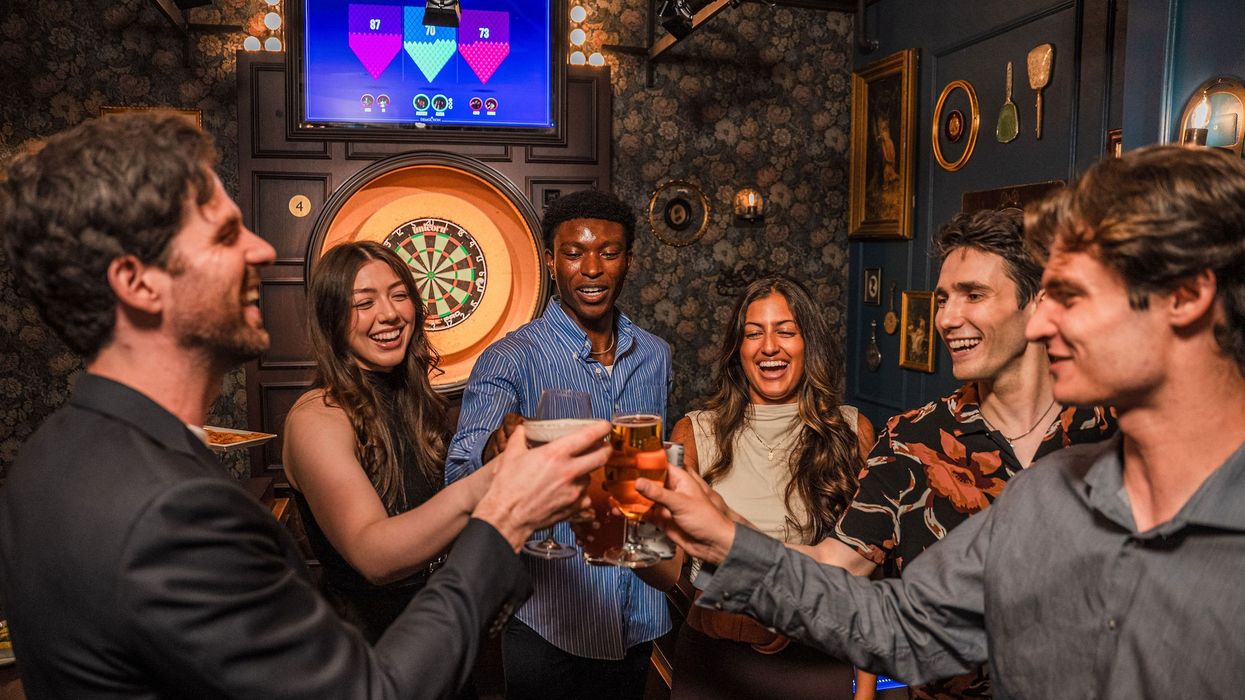
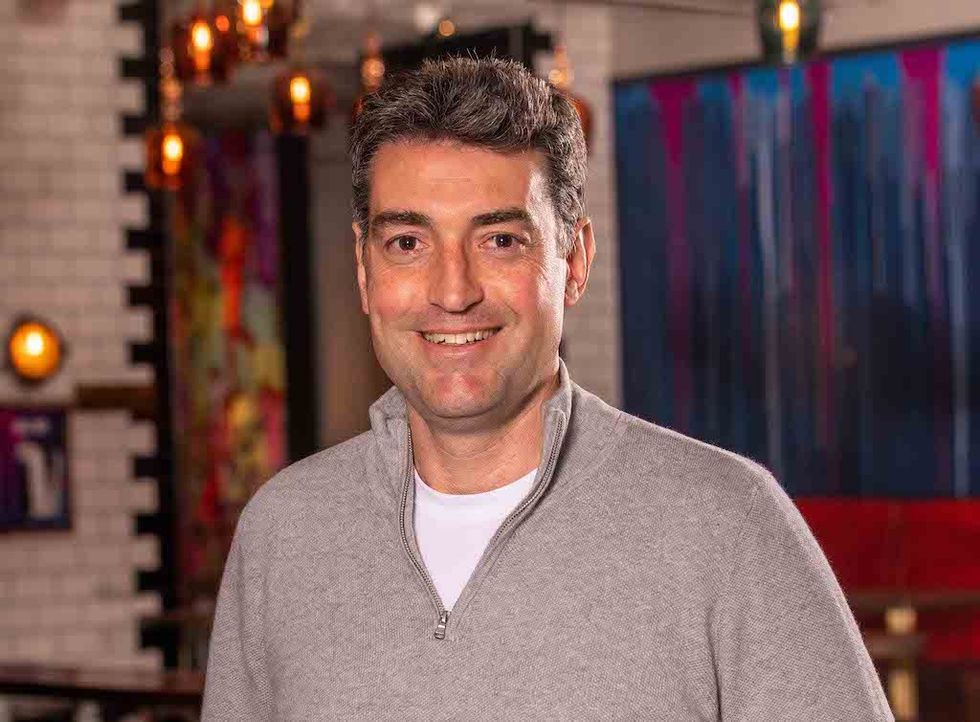 Toby Harris
Toby Harris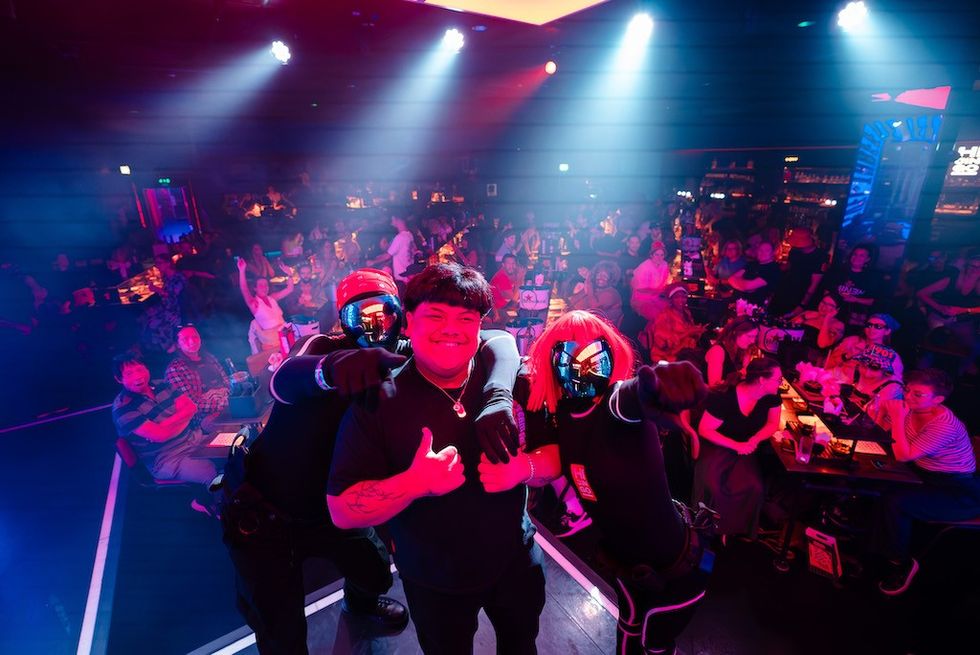 Hijingo
Hijingo Flight Club, Washington D.C.
Flight Club, Washington D.C.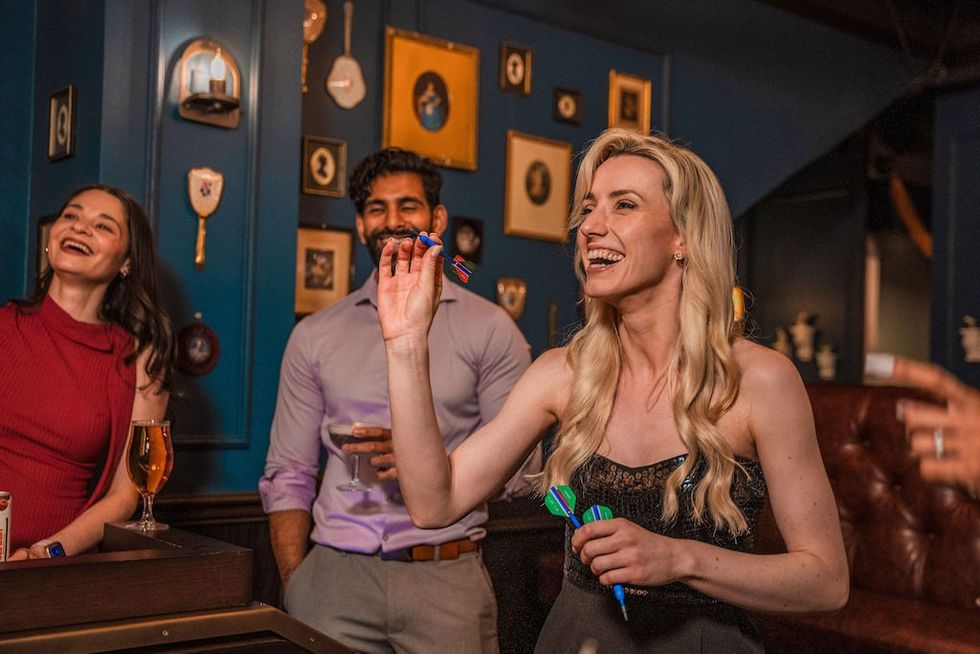
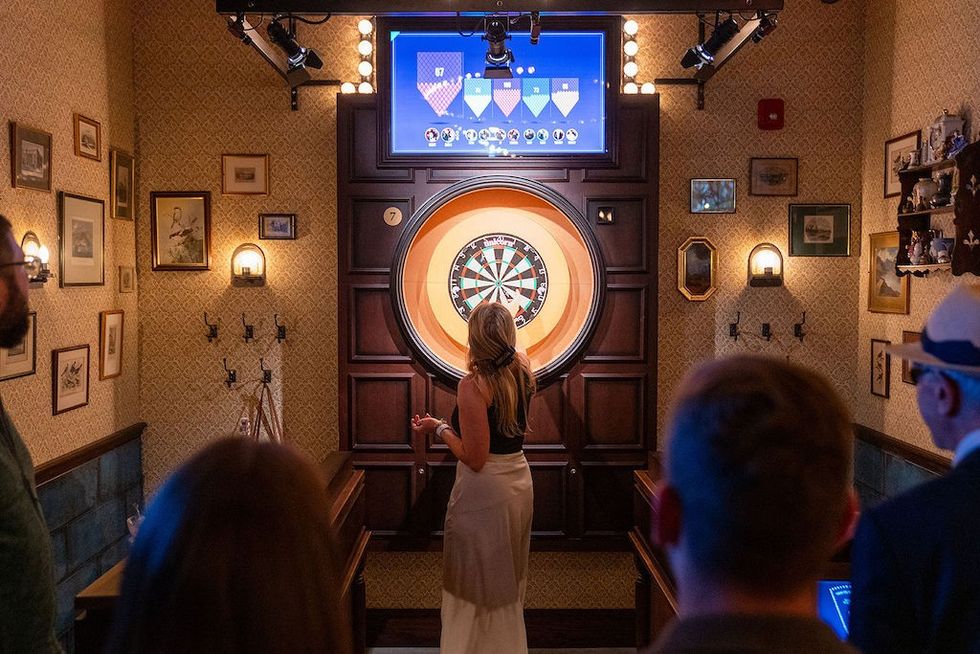 Flight Club Philadelphia
Flight Club Philadelphia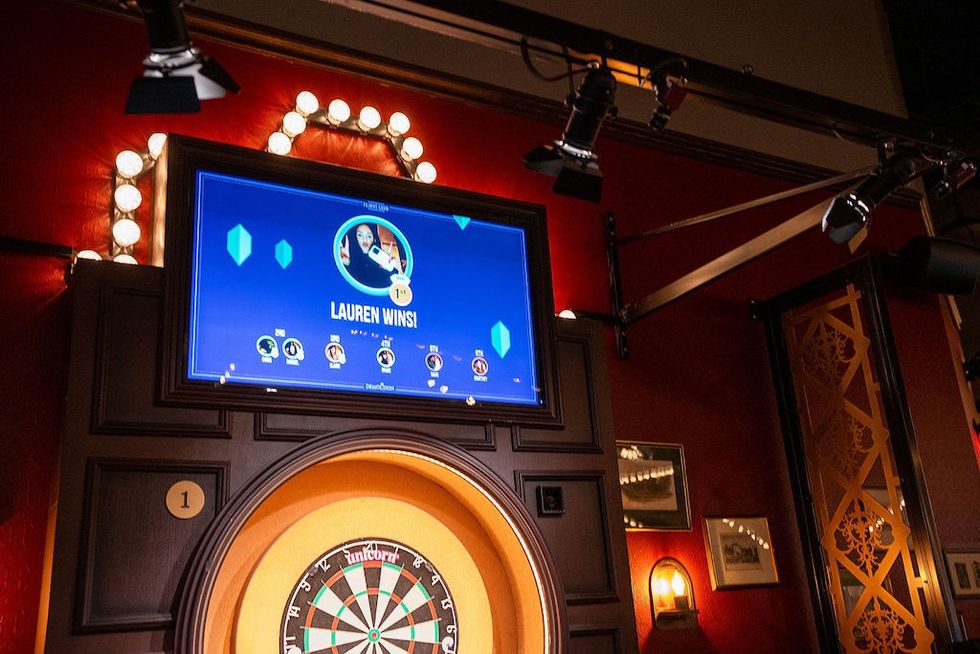 Flight Club Philadelphia
Flight Club Philadelphia Bounce
Bounce Hijingo
Hijingo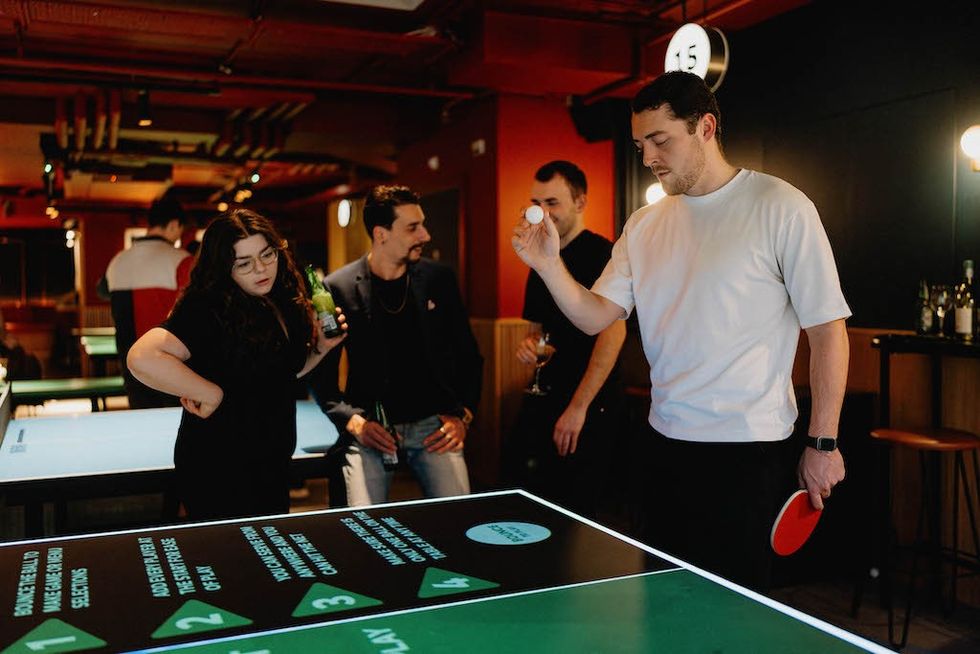 Bounce
Bounce
 Fernando Eiroa
Fernando Eiroa
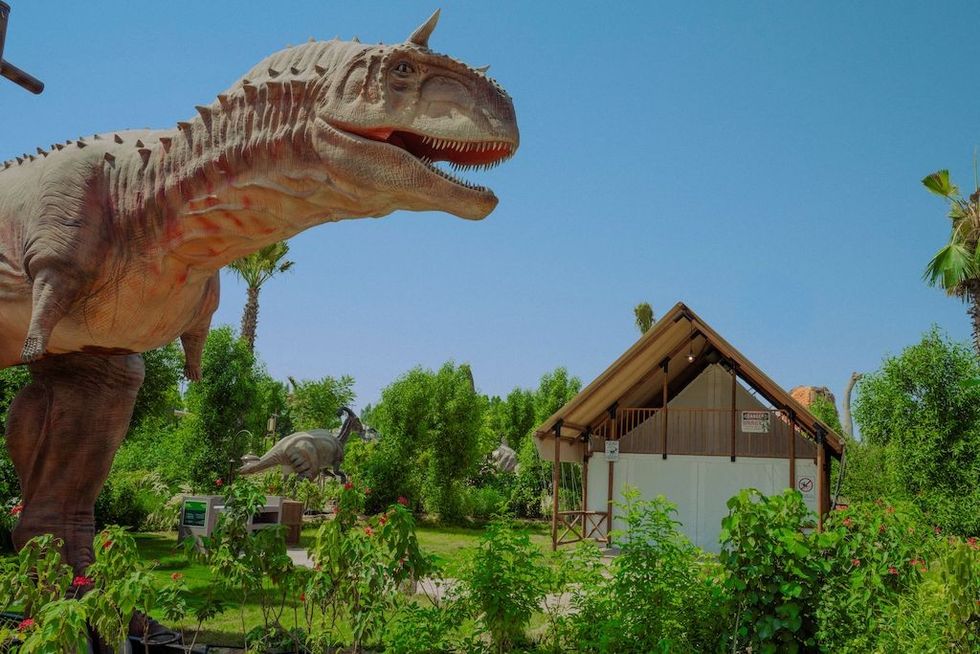

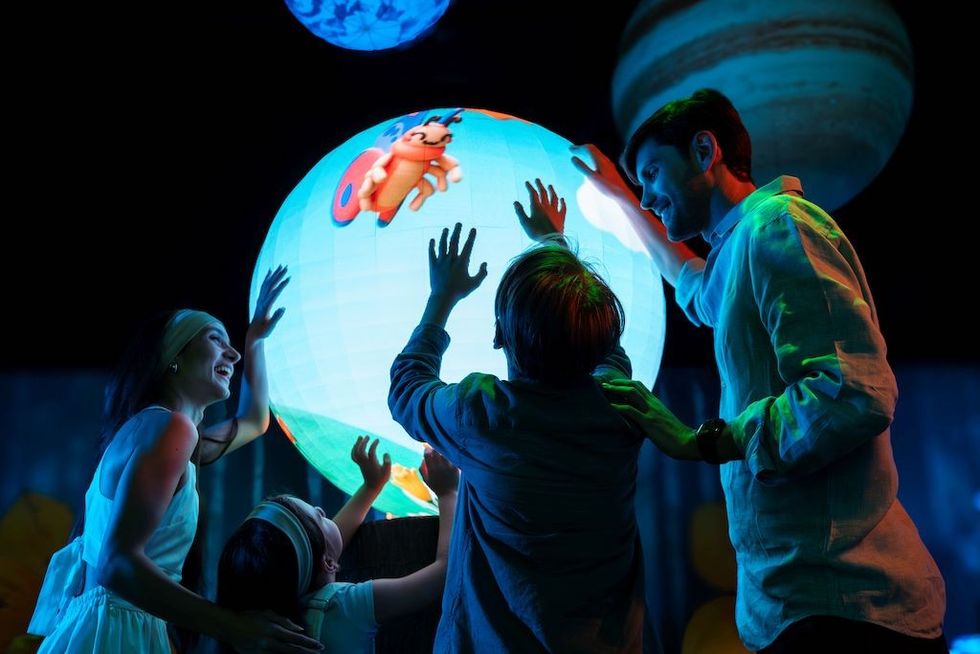



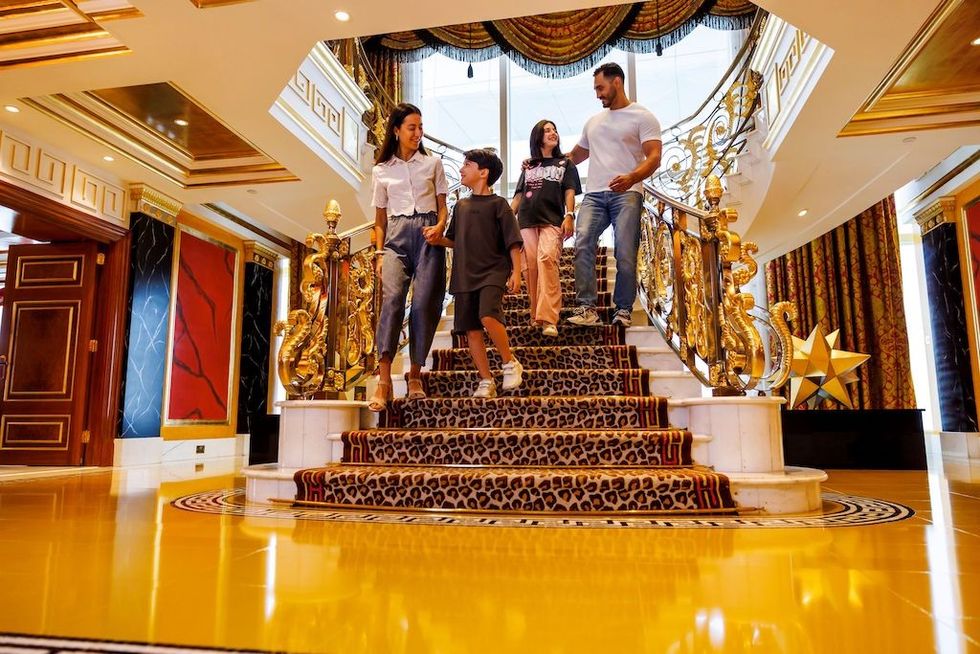

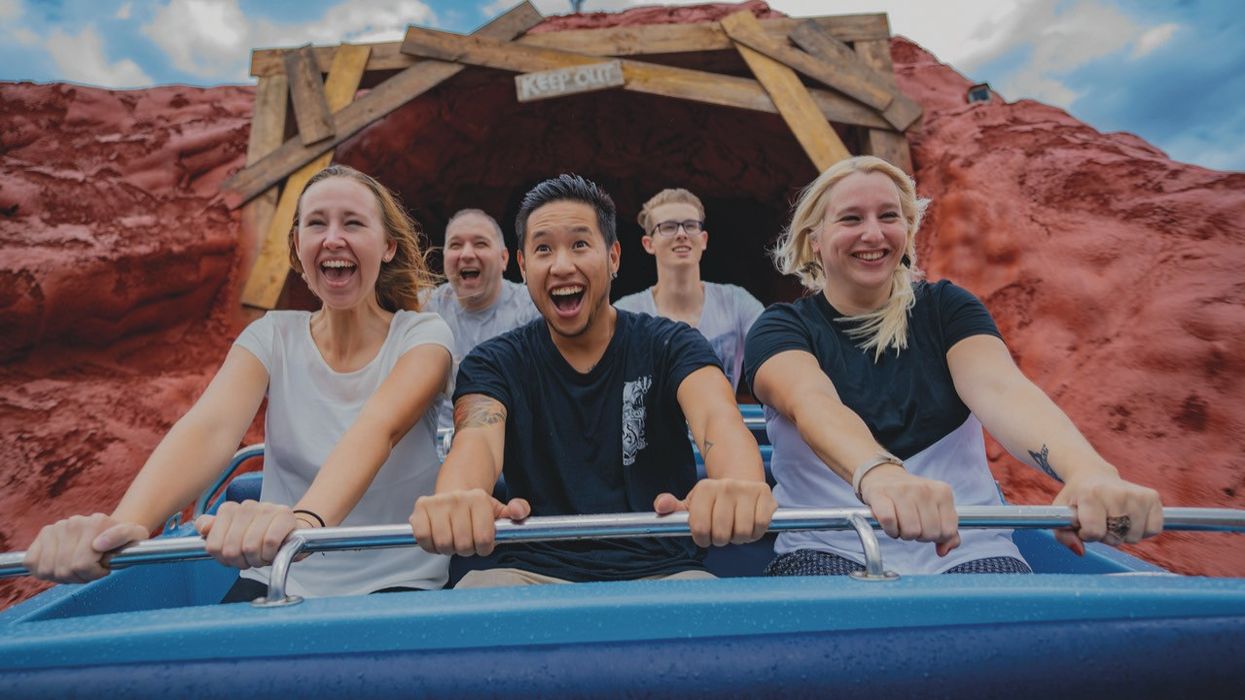

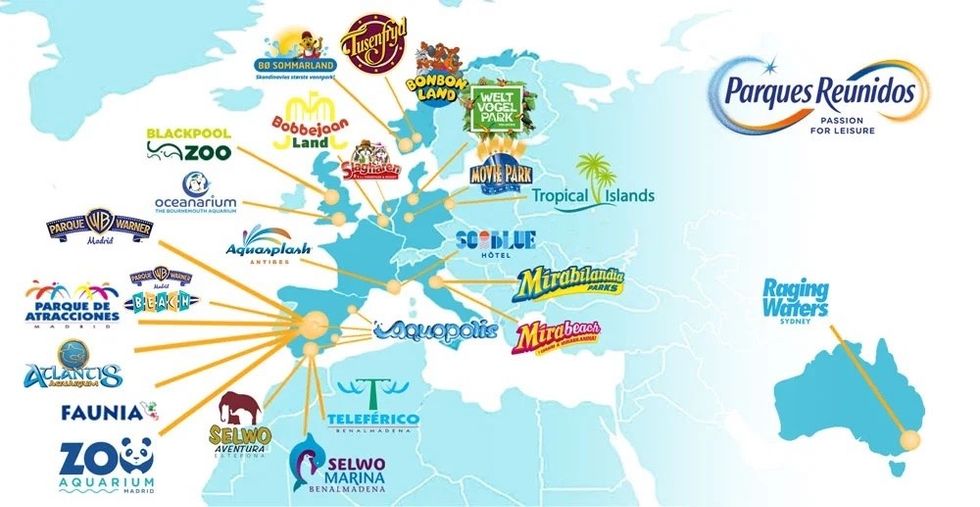
 Nickelodeon Land at Parque de Atracciones de Madrid
Nickelodeon Land at Parque de Atracciones de Madrid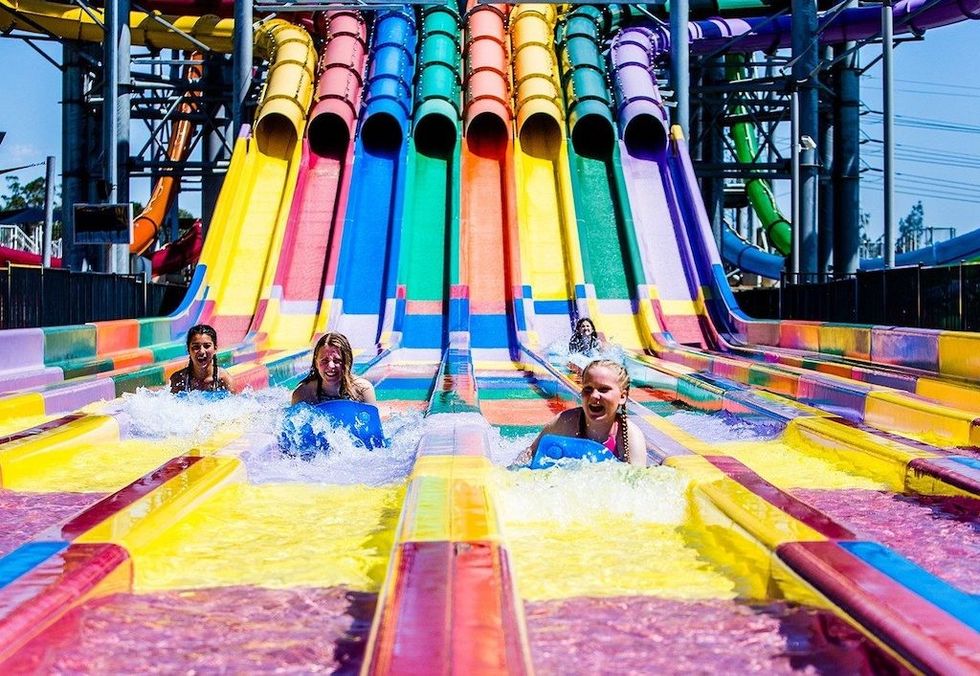 Raging Waters
Raging Waters  Mirabilandia's iSpeed coaster
Mirabilandia's iSpeed coaster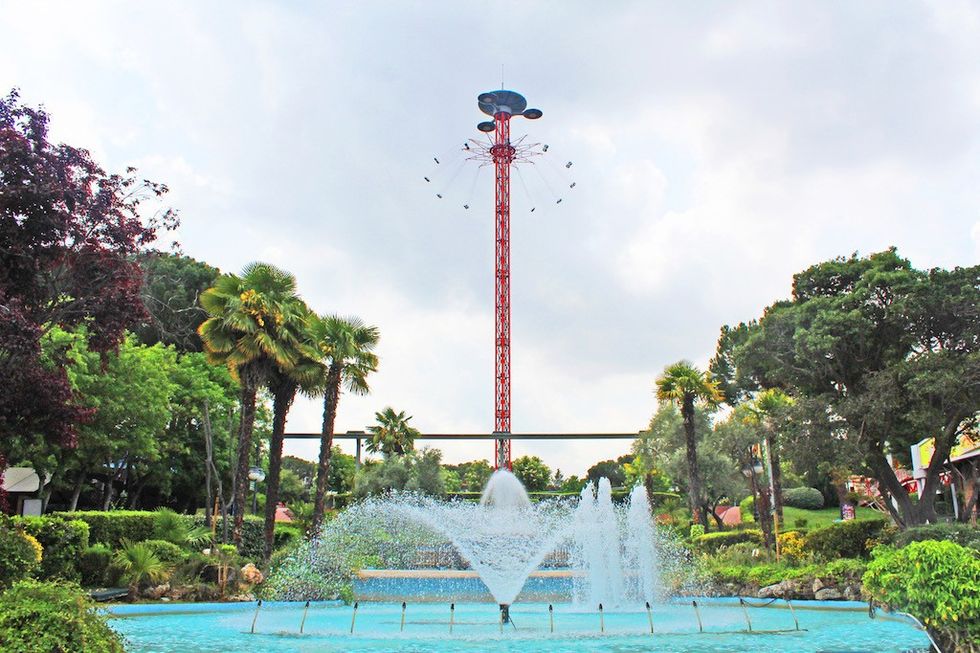 Parque de Atracciones de Madrid
Parque de Atracciones de Madrid Ferracci at the ribbon-cutting ceremony for Nickelodeon Land at Mirabilandia, with (left) Marie Marks, senior VP of global experiences for Paramount and (cutting the ribbon) Sabrina Mangina, GM at Mirabilandia
Ferracci at the ribbon-cutting ceremony for Nickelodeon Land at Mirabilandia, with (left) Marie Marks, senior VP of global experiences for Paramount and (cutting the ribbon) Sabrina Mangina, GM at Mirabilandia Tropical Islands OHANA hotel
Tropical Islands OHANA hotel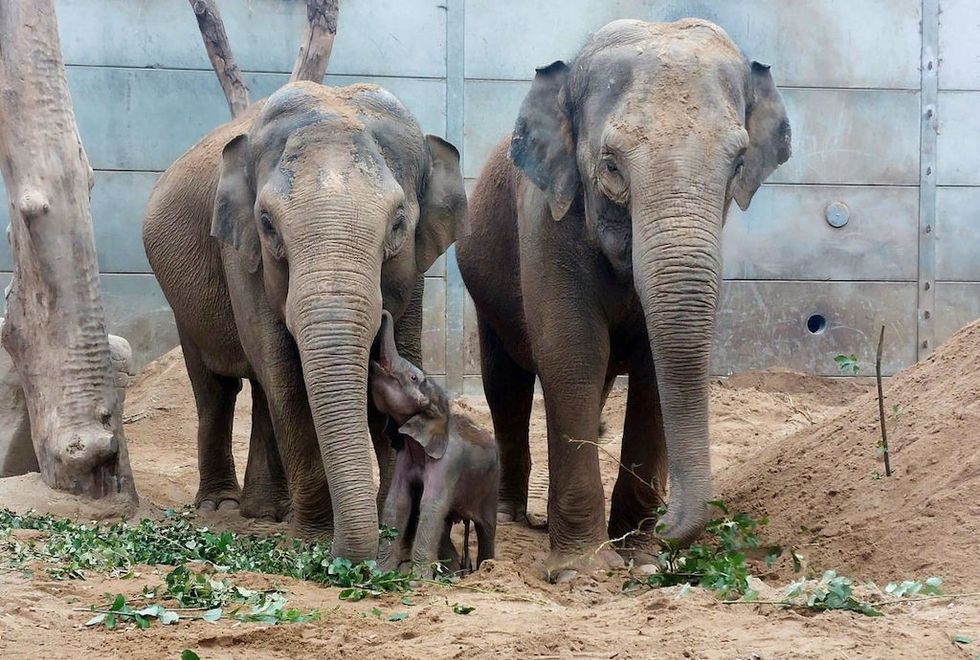 Elephants at Blackpool Zoo
Elephants at Blackpool Zoo 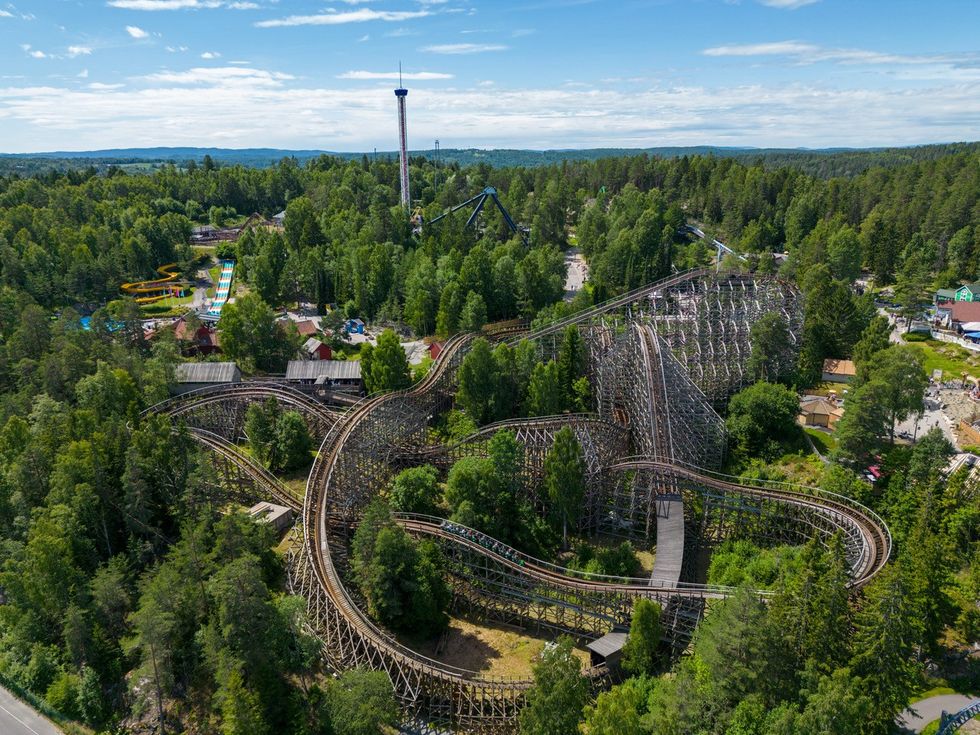 Tusenfryd
Tusenfryd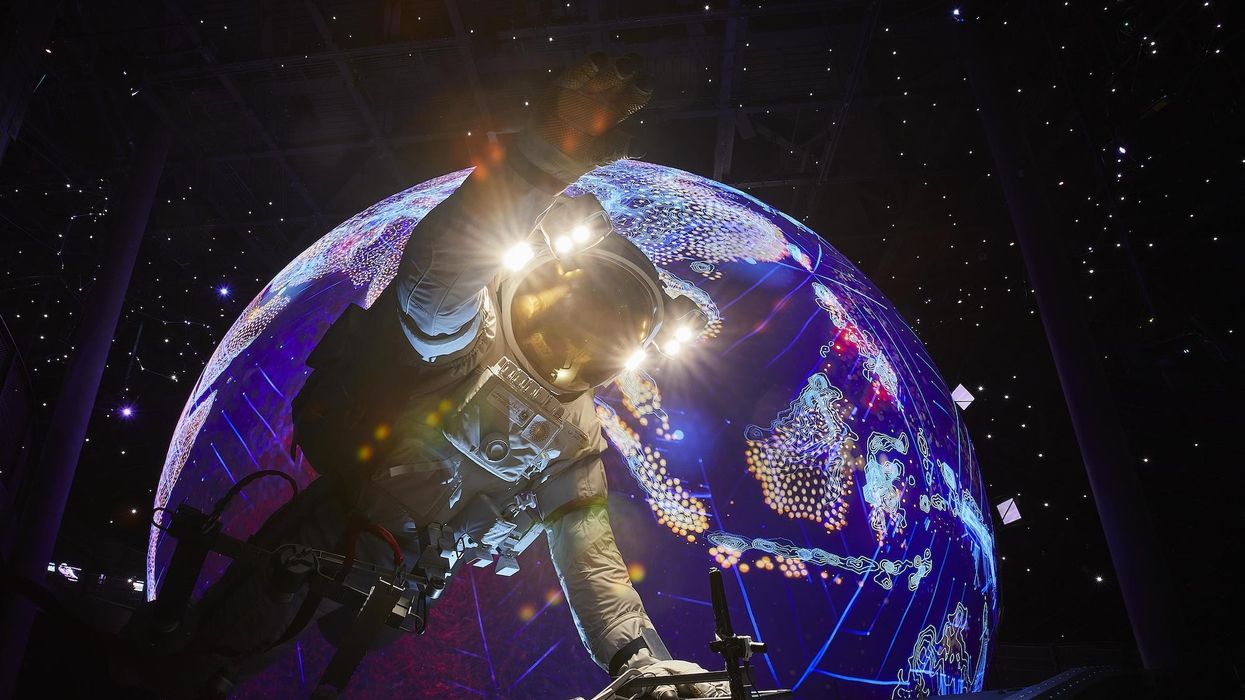
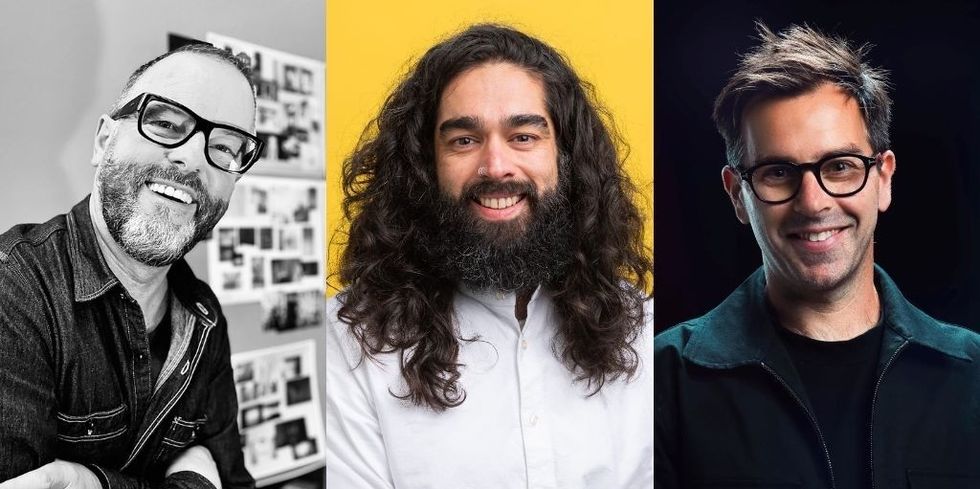 Andrew Thomas, Jason Aldous and Rik Athorne
Andrew Thomas, Jason Aldous and Rik Athorne
